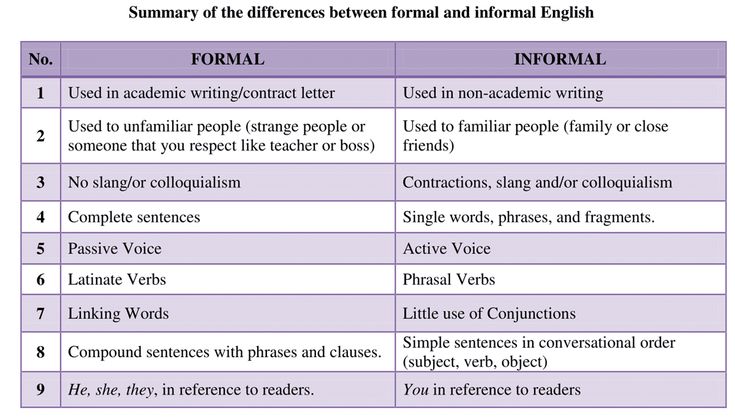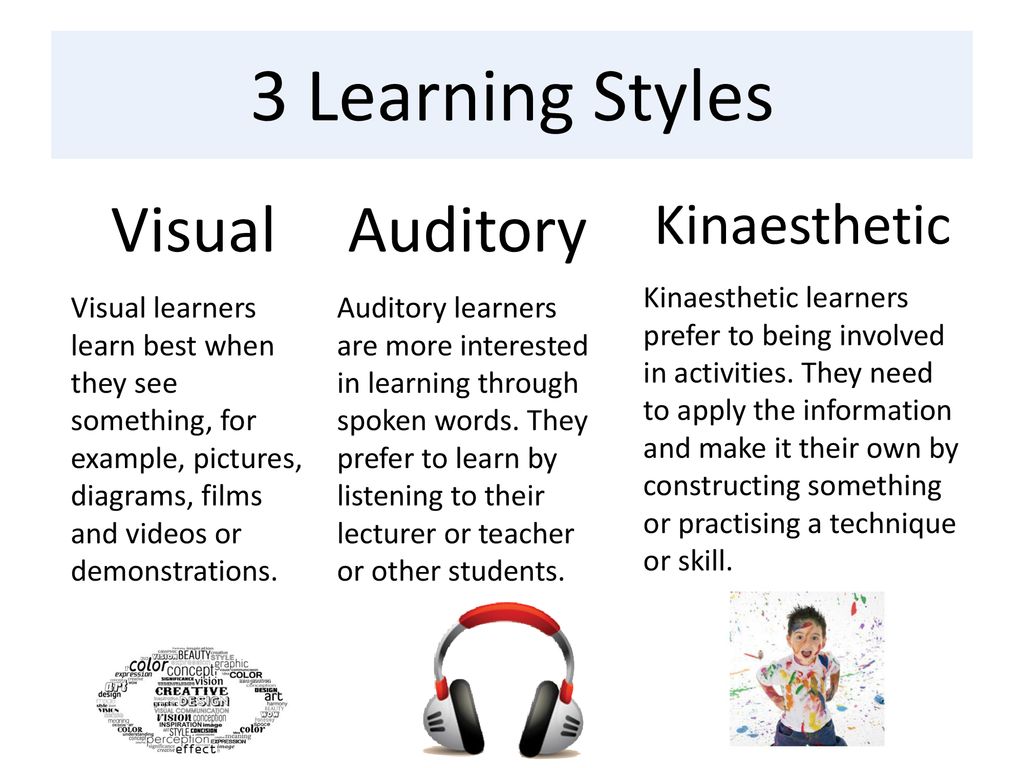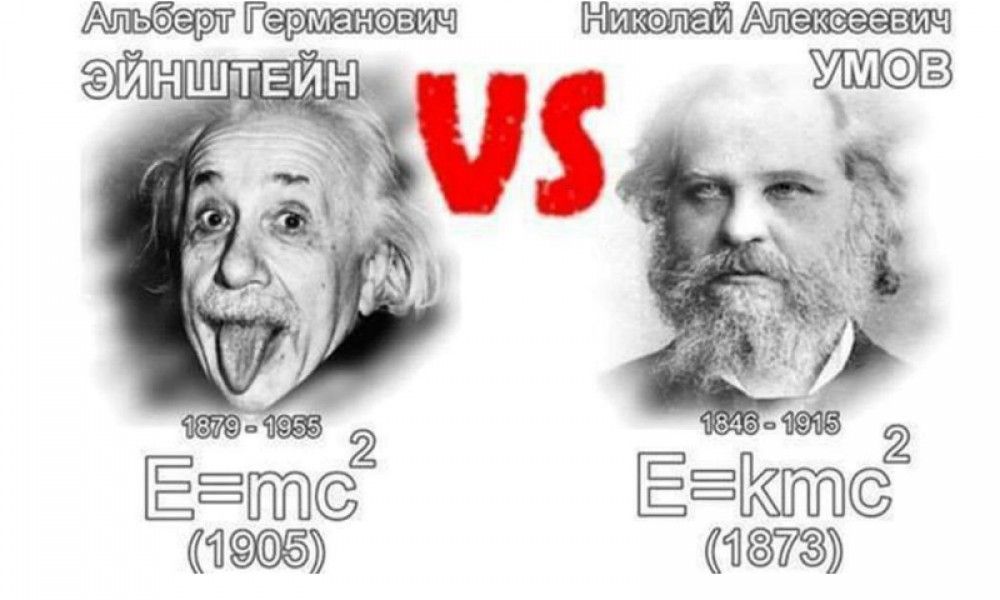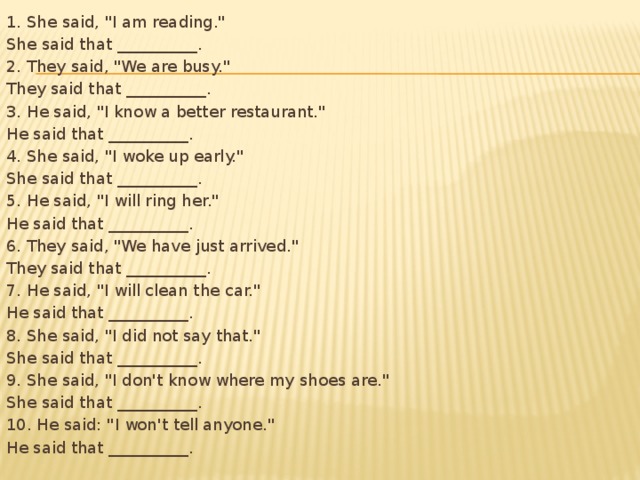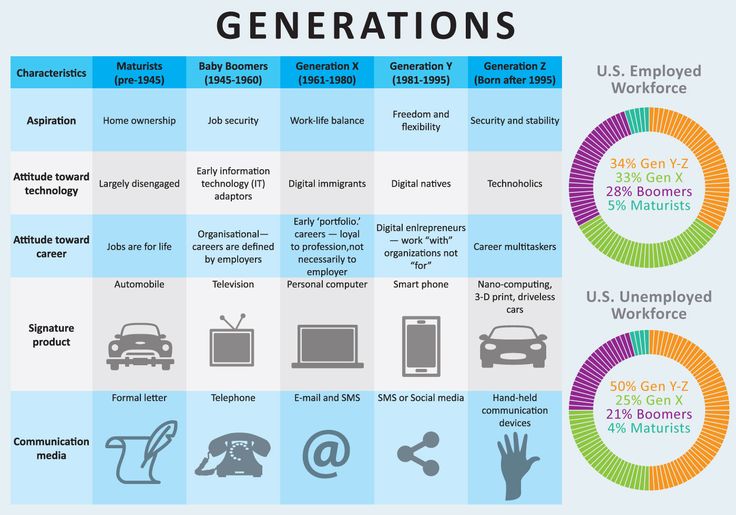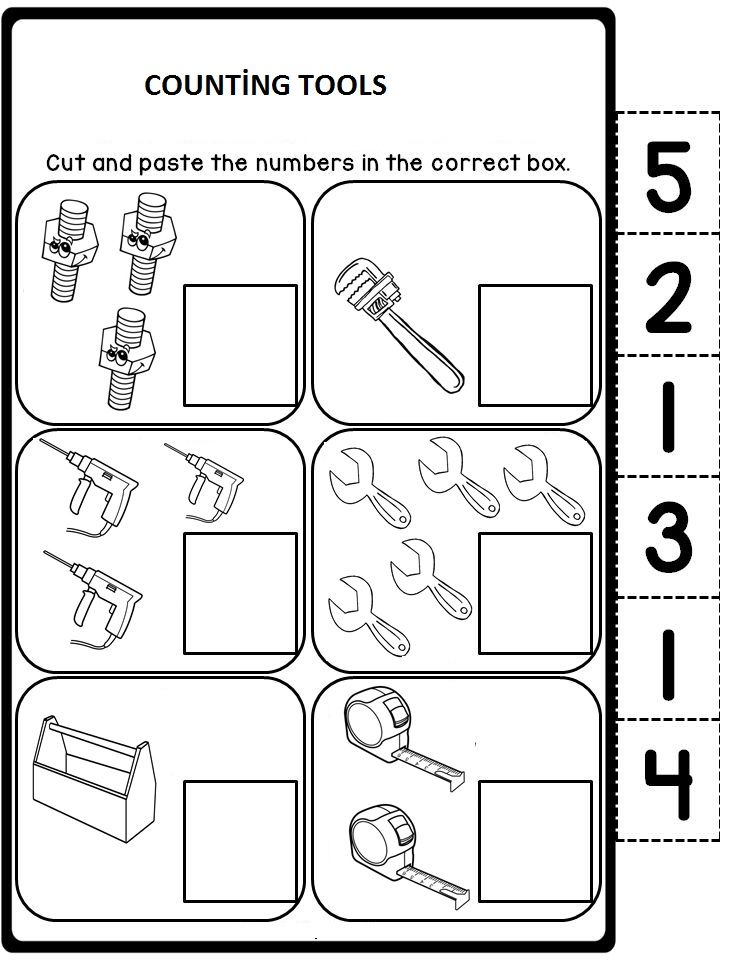What is a personality characteristic
16.1 Personality Traits – Introduction to Psychology
Chapter 16. Personality
Edward Diener; Richard E. Lucas; and Jorden A. Cummings
Personality traits reflect people’s characteristic patterns of thoughts, feelings, and behaviours. Personality traits imply consistency and stability—someone who scores high on a specific trait like Extraversion is expected to be sociable in different situations and over time. Thus, trait psychology rests on the idea that people differ from one another in terms of where they stand on a set of basic trait dimensions that persist over time and across situations. The most widely used system of traits is called the Five-Factor Model. This system includes five broad traits that can be remembered with the acronym OCEAN: Openness, Conscientiousness, Extraversion, Agreeableness, and Neuroticism. Each of the major traits from the Big Five can be divided into facets to give a more fine-grained analysis of someone’s personality.
In addition, some trait theorists argue that there are other traits that cannot be completely captured by the Five-Factor Model. Critics of the trait concept argue that people do not act consistently from one situation to the next and that people are very influenced by situational forces. Thus, one major debate in the field concerns the relative power of people’s traits versus the situations in which they find themselves as predictors of their behaviour.
Learning Objectives
- List and describe the “Big Five” (“OCEAN”) personality traits that comprise the Five-Factor Model of personality.
- Describe how the facet approach extends broad personality traits.
- Explain a critique of the personality-trait concept.
- Describe in what ways personality traits may be manifested in everyday behaviour.
- Describe each of the Big Five personality traits, and the low and high end of the dimension.
- Give examples of each of the Big Five personality traits, including both a low and high example.
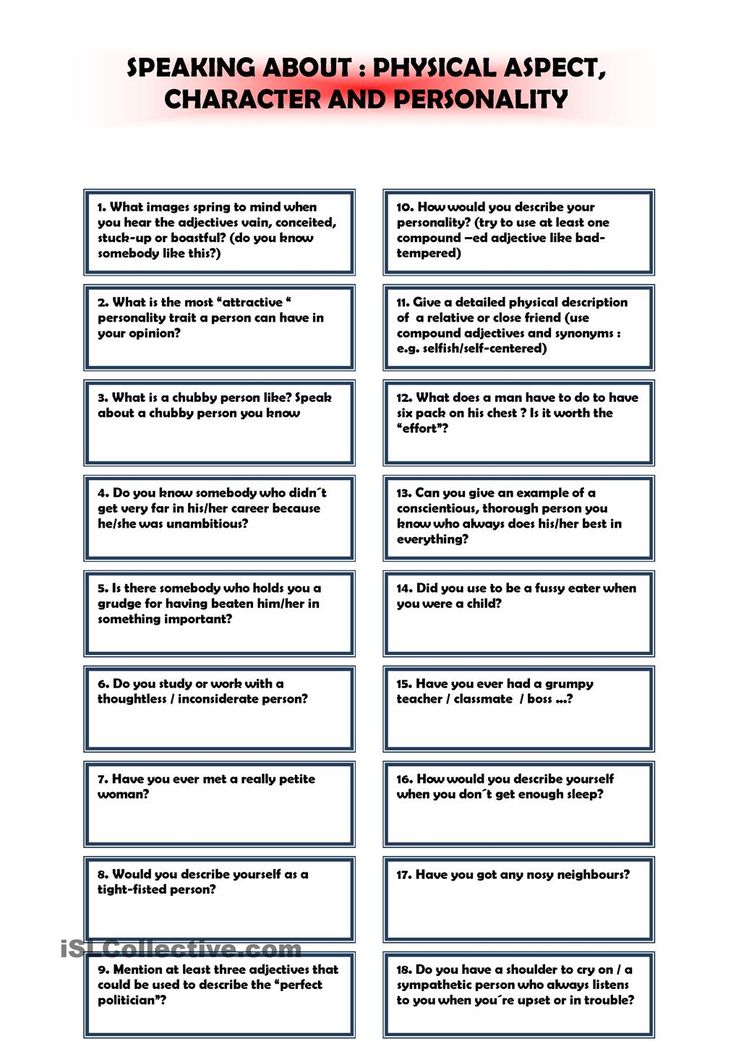
- Describe the person-situation debate and how situational factors might complicate attempts to define and measure personality traits.
When we observe people around us, one of the first things that strikes us is how different people are from one another. Some people are very talkative while others are very quiet. Some are active whereas others are couch potatoes. Some worry a lot, others almost never seem anxious. Each time we use one of these words, words like “talkative,” “quiet,” “active,” or “anxious,” to describe those around us, we are talking about a person’s personality—the characteristic ways that people differ from one another. Personality psychologists try to describe and understand these differences.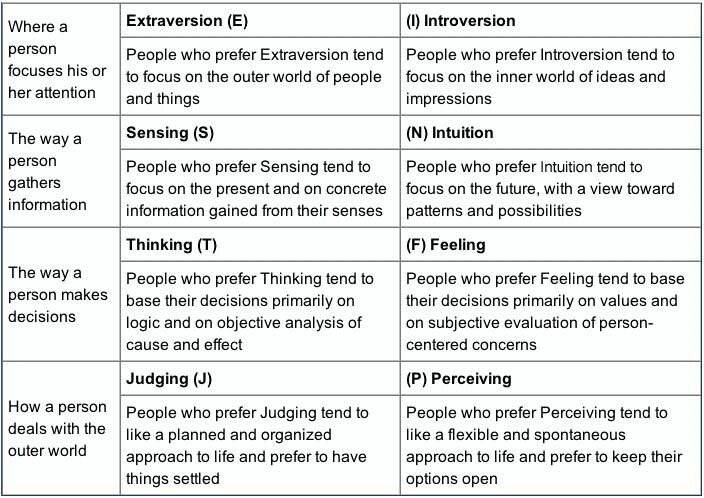
Although there are many ways to think about the personalities that people have, Gordon Allport and other “personologists” claimed that we can best understand the differences between individuals by understanding their personality traits. Personality traits reflect basic dimensions on which people differ (Matthews, Deary, & Whiteman, 2003). According to trait psychologists, there are a limited number of these dimensions (dimensions like Extraversion, Conscientiousness, or Agreeableness), and each individual falls somewhere on each dimension, meaning that they could be low, medium, or high on any specific trait.
An important feature of personality traits is that they reflect continuous distributions rather than distinct personality types. This means that when personality psychologists talk about Introverts and Extraverts, they are not really talking about two distinct types of people who are completely and qualitatively different from one another.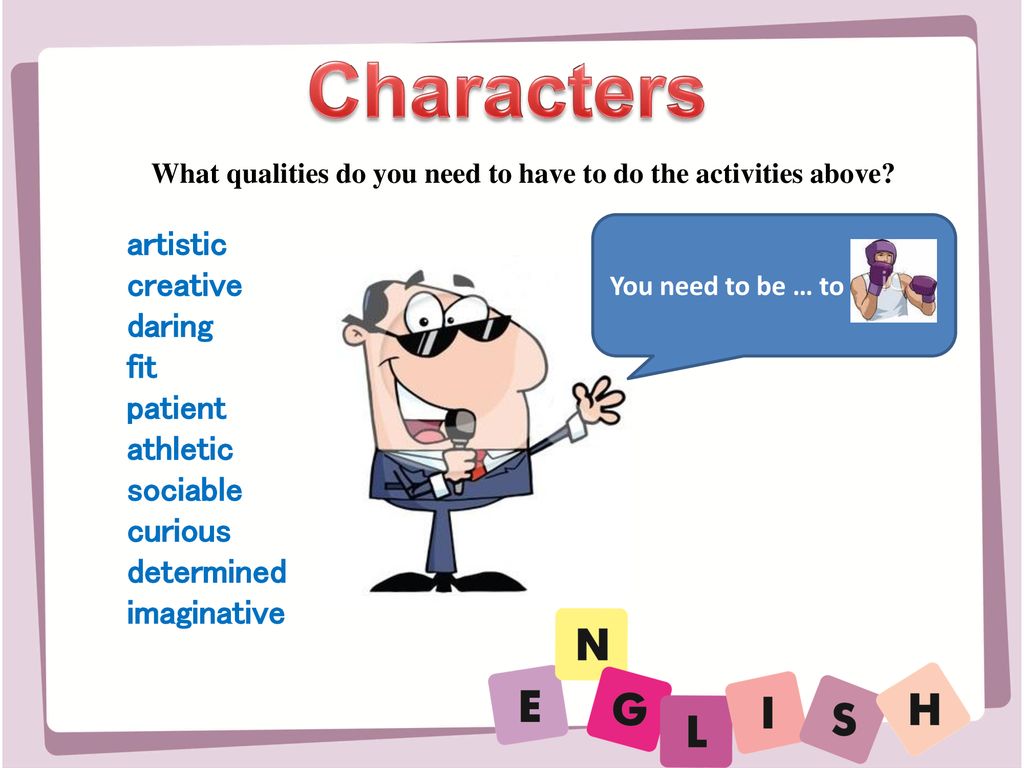 Instead, they are talking about people who score relatively low or relatively high along a continuous distribution. In fact, when personality psychologists measure traits like Extraversion, they typically find that most people score somewhere in the middle, with smaller numbers showing more extreme levels. Figure 16.2 shows the distribution of Extraversion scores from a survey of thousands of people. As you can see, most people report being moderately, but not extremely, extraverted, with fewer people reporting very high or very low scores.
Instead, they are talking about people who score relatively low or relatively high along a continuous distribution. In fact, when personality psychologists measure traits like Extraversion, they typically find that most people score somewhere in the middle, with smaller numbers showing more extreme levels. Figure 16.2 shows the distribution of Extraversion scores from a survey of thousands of people. As you can see, most people report being moderately, but not extremely, extraverted, with fewer people reporting very high or very low scores.
There are three criteria that are characterize personality traits: (1) consistency, (2) stability, and (3) individual differences.
- To have a personality trait, individuals must be somewhat consistent across situations in their behaviours related to the trait.
 For example, if they are talkative at home, they tend also to be talkative at work.
For example, if they are talkative at home, they tend also to be talkative at work. - Individuals with a trait are also somewhat stable over time in behaviours related to the trait. If they are talkative, for example, at age 30, they will also tend to be talkative at age 40.
- People differ from one another on behaviours related to the trait. Using speech is not a personality trait and neither is walking on two feet—virtually all individuals do these activities, and there are almost no individual differences. But people differ on how frequently they talk and how active they are, and thus personality traits such as Talkativeness and Activity Level do exist.
A challenge of the trait approach was to discover the major traits on which all people differ. Scientists for many decades generated hundreds of new traits, so that it was soon difficult to keep track and make sense of them. For instance, one psychologist might focus on individual differences in “friendliness,” whereas another might focus on the highly related concept of “sociability. ” Scientists began seeking ways to reduce the number of traits in some systematic way and to discover the basic traits that describe most of the differences between people.
” Scientists began seeking ways to reduce the number of traits in some systematic way and to discover the basic traits that describe most of the differences between people.
The way that Gordon Allport and his colleague Henry Odbert approached this was to search the dictionary for all descriptors of personality (Allport & Odbert, 1936). Their approach was guided by the lexical hypothesis, which states that all important personality characteristics should be reflected in the language that we use to describe other people. Therefore, if we want to understand the fundamental ways in which people differ from one another, we can turn to the words that people use to describe one another. So if we want to know what words people use to describe one another, where should we look? Allport and Odbert looked in the most obvious place—the dictionary. Specifically, they took all the personality descriptors that they could find in the dictionary (they started with almost 18,000 words but quickly reduced that list to a more manageable number) and then used statistical techniques to determine which words “went together.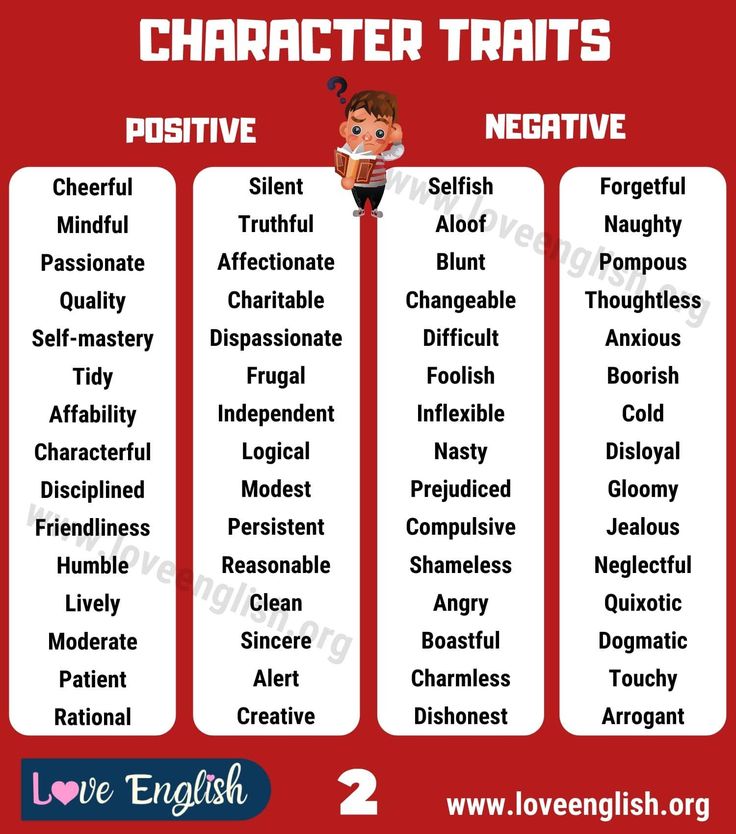 ” In other words, if everyone who said that they were “friendly” also said that they were “sociable,” then this might mean that personality psychologists would only need a single trait to capture individual differences in these characteristics. Statistical techniques were used to determine whether a small number of dimensions might underlie all of the thousands of words we use to describe people.
” In other words, if everyone who said that they were “friendly” also said that they were “sociable,” then this might mean that personality psychologists would only need a single trait to capture individual differences in these characteristics. Statistical techniques were used to determine whether a small number of dimensions might underlie all of the thousands of words we use to describe people.
The Five-Factor Model of Personality
Research that used the lexical approach showed that many of the personality descriptors found in the dictionary do indeed overlap. In other words, many of the words that we use to describe people are synonyms. Thus, if we want to know what a person is like, we do not necessarily need to ask how sociable they are, how friendly they are, and how gregarious they are. Instead, because sociable people tend to be friendly and gregarious, we can summarize this personality dimension with a single term. Someone who is sociable, friendly, and gregarious would typically be described as an “Extravert.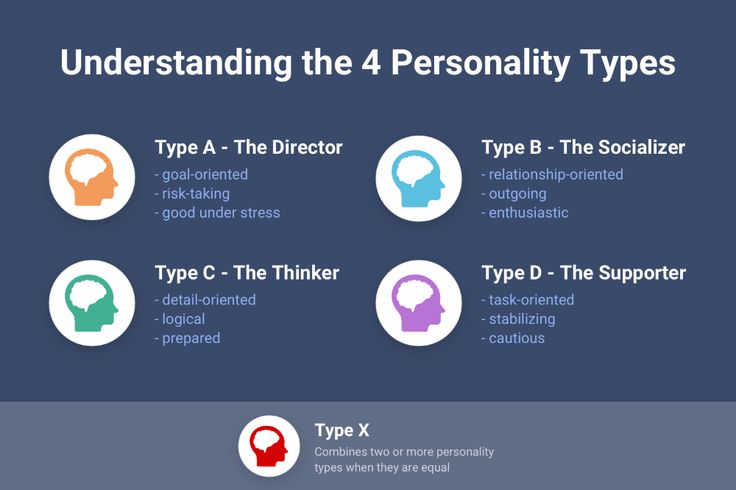 ” Once we know she is an extravert, we can assume that she is sociable, friendly, and gregarious.
” Once we know she is an extravert, we can assume that she is sociable, friendly, and gregarious.
Statistical methods (specifically, a technique called factor analysis) helped to determine whether a small number of dimensions underlie the diversity of words that people like Allport and Odbert identified. The most widely accepted system to emerge from this approach was “The Big Five” or “Five-Factor Model” (Goldberg, 1990; McCrae & John, 1992; McCrae & Costa, 1987). The Big Five comprises five major traits shown in the Figure 16.3 below. A way to remember these five is with the acronym OCEAN (O is for Openness; C is for Conscientiousness; E is for Extraversion; A is for Agreeableness; N is for Neuroticism). Figure 16.4 provides descriptions of people who would score high and low on each of these traits.
Figure 16.3 Descriptions of the Big Five Personality TraitsFigure 16. 4 Example behaviours for those scoring low and high for the big 5 traits
4 Example behaviours for those scoring low and high for the big 5 traitsScores on the Big Five traits are mostly independent. That means that a person’s standing on one trait tells very little about their standing on the other traits of the Big Five. For example, a person can be extremely high in Extraversion and be either high or low on Neuroticism. Similarly, a person can be low in Agreeableness and be either high or low in Conscientiousness. Thus, in the Five-Factor Model, you need five scores to describe most of an individual’s personality.
In the Appendix to this module, we present a short scale to assess the Five-Factor Model of personality (Donnellan, Oswald, Baird, & Lucas, 2006). You can take this test to see where you stand in terms of your Big Five scores. John Johnson has also created a helpful website that has personality scales that can be used and taken by the general public: http://www.personal.psu.edu/j5j/IPIP/ipipneo120.htm. After seeing your scores, you can judge for yourself whether you think such tests are valid.
Traits are important and interesting because they describe stable patterns of behaviour that persist for long periods of time (Caspi, Roberts, & Shiner, 2005). Importantly, these stable patterns can have broad-ranging consequences for many areas of our life (Roberts, Kuncel, Shiner, Caspi, & Goldberg, 2007). For instance, think about the factors that determine success in college. If you were asked to guess what factors predict good grades in college, you might guess something like intelligence. This guess would be correct, but we know much more about who is likely to do well. Specifically, personality researchers have also found the personality traits like Conscientiousness play an important role in college and beyond, probably because highly conscientious individuals study hard, get their work done on time, and are less distracted by nonessential activities that take time away from school work. In addition, highly conscientious people are often healthier than people low in conscientiousness because they are more likely to maintain healthy diets, to exercise, and to follow basic safety procedures like wearing seat belts or bicycle helmets.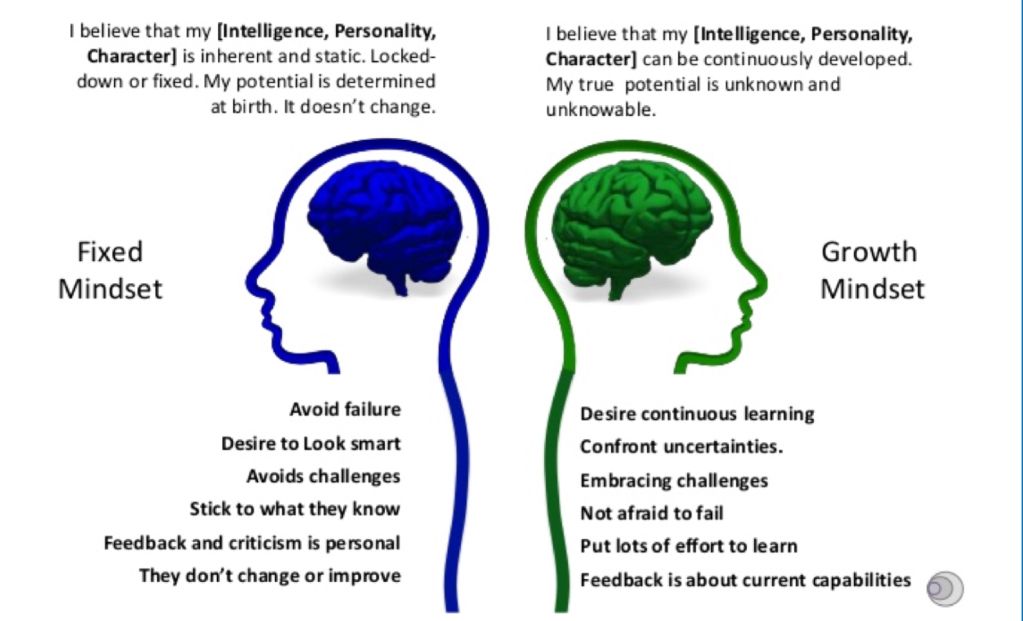 Over the long term, this consistent pattern of behaviours can add up to meaningful differences in health and longevity. Thus, personality traits are not just a useful way to describe people you know; they actually help psychologists predict how good a worker someone will be, how long he or she will live, and the types of jobs and activities the person will enjoy. Thus, there is growing interest in personality psychology among psychologists who work in applied settings, such as health psychology or organizational psychology.
Over the long term, this consistent pattern of behaviours can add up to meaningful differences in health and longevity. Thus, personality traits are not just a useful way to describe people you know; they actually help psychologists predict how good a worker someone will be, how long he or she will live, and the types of jobs and activities the person will enjoy. Thus, there is growing interest in personality psychology among psychologists who work in applied settings, such as health psychology or organizational psychology.
So how does it feel to be told that your entire personality can be summarized with scores on just five personality traits? Do you think these five scores capture the complexity of your own and others’ characteristic patterns of thoughts, feelings, and behaviours? Most people would probably say no, pointing to some exception in their behaviour that goes against the general pattern that others might see. For instance, you may know people who are warm and friendly and find it easy to talk with strangers at a party yet are terrified if they have to perform in front of others or speak to large groups of people.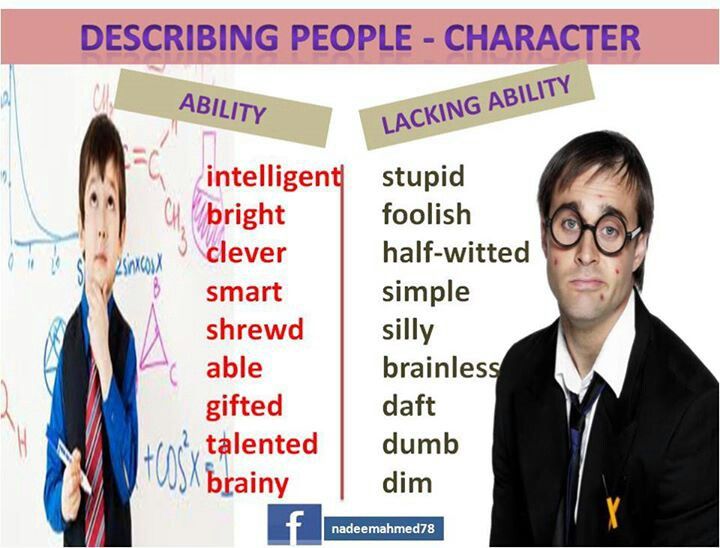 The fact that there are different ways of being extraverted or conscientious shows that there is value in considering lower-level units of personality that are more specific than the Big Five traits. These more specific, lower-level units of personality are often called facets.
The fact that there are different ways of being extraverted or conscientious shows that there is value in considering lower-level units of personality that are more specific than the Big Five traits. These more specific, lower-level units of personality are often called facets.
To give you a sense of what these narrow units are like, Figure 16.5 shows facets for each of the Big Five traits. It is important to note that although personality researchers generally agree about the value of the Big Five traits as a way to summarize one’s personality, there is no widely accepted list of facets that should be studied. The list seen here, based on work by researchers Paul Costa and Jeff McCrae, thus reflects just one possible list among many. It should, however, give you an idea of some of the facets making up each of the Five-Factor Model.
Facets can be useful because they provide more specific descriptions of what a person is like. For instance, if we take our friend who loves parties but hates public speaking, we might say that this person scores high on the “gregariousness” and “warmth” facets of extraversion, while scoring lower on facets such as “assertiveness” or “excitement-seeking. ” This precise profile of facet scores not only provides a better description, it might also allow us to better predict how this friend will do in a variety of different jobs (for example, jobs that require public speaking versus jobs that involve one-on-one interactions with customers; Paunonen & Ashton, 2001). Because different facets within a broad, global trait like extraversion tend to go together (those who are gregarious are often but not always assertive), the broad trait often provides a useful summary of what a person is like. But when we really want to know a person, facet scores add to our knowledge in important ways.
” This precise profile of facet scores not only provides a better description, it might also allow us to better predict how this friend will do in a variety of different jobs (for example, jobs that require public speaking versus jobs that involve one-on-one interactions with customers; Paunonen & Ashton, 2001). Because different facets within a broad, global trait like extraversion tend to go together (those who are gregarious are often but not always assertive), the broad trait often provides a useful summary of what a person is like. But when we really want to know a person, facet scores add to our knowledge in important ways.
Despite the popularity of the Five-Factor Model, it is certainly not the only model that exists. Some suggest that there are more than five major traits, or perhaps even fewer. For example, in one of the first comprehensive models to be proposed, Hans Eysenck suggested that Extraversion and Neuroticism are most important. Eysenck believed that by combining people’s standing on these two major traits, we could account for many of the differences in personality that we see in people (Eysenck, 1981).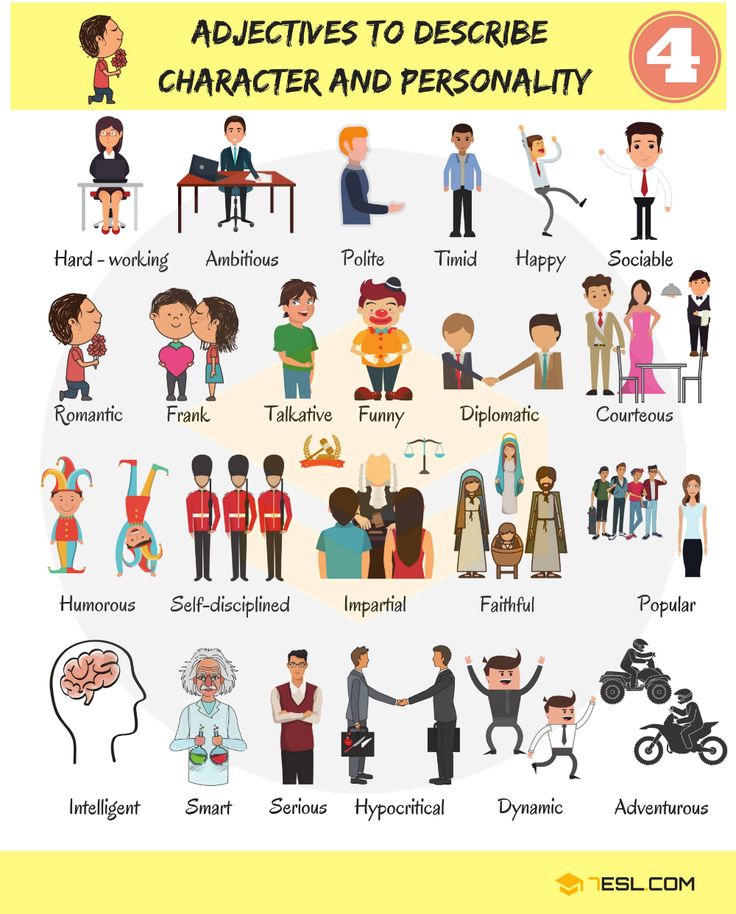 So for instance, a neurotic introvert would be shy and nervous, while a stable introvert might avoid social situations and prefer solitary activities, but he may do so with a calm, steady attitude and little anxiety or emotion. Interestingly, Eysenck attempted to link these two major dimensions to underlying differences in people’s biology. For instance, he suggested that introverts experienced too much sensory stimulation and arousal, which made them want to seek out quiet settings and less stimulating environments. More recently, Jeffrey Gray suggested that these two broad traits are related to fundamental reward and avoidance systems in the brain—extraverts might be motivated to seek reward and thus exhibit assertive, reward-seeking behaviour, whereas people high in neuroticism might be motivated to avoid punishment and thus may experience anxiety as a result of their heightened awareness of the threats in the world around them (Gray, 1981. This model has since been updated; see Gray & McNaughton, 2000).
So for instance, a neurotic introvert would be shy and nervous, while a stable introvert might avoid social situations and prefer solitary activities, but he may do so with a calm, steady attitude and little anxiety or emotion. Interestingly, Eysenck attempted to link these two major dimensions to underlying differences in people’s biology. For instance, he suggested that introverts experienced too much sensory stimulation and arousal, which made them want to seek out quiet settings and less stimulating environments. More recently, Jeffrey Gray suggested that these two broad traits are related to fundamental reward and avoidance systems in the brain—extraverts might be motivated to seek reward and thus exhibit assertive, reward-seeking behaviour, whereas people high in neuroticism might be motivated to avoid punishment and thus may experience anxiety as a result of their heightened awareness of the threats in the world around them (Gray, 1981. This model has since been updated; see Gray & McNaughton, 2000). These early theories have led to a burgeoning interest in identifying the physiological underpinnings of the individual differences that we observe.
These early theories have led to a burgeoning interest in identifying the physiological underpinnings of the individual differences that we observe.
Another revision of the Big Five is the HEXACO model of traits (Ashton & Lee, 2007). This model is similar to the Big Five, but it posits slightly different versions of some of the traits, and its proponents argue that one important class of individual differences was omitted from the Five-Factor Model. The HEXACO adds Honesty-Humility as a sixth dimension of personality. People high in this trait are sincere, fair, and modest, whereas those low in the trait are manipulative, narcissistic, and self-centered. Thus, trait theorists are agreed that personality traits are important in understanding behaviour, but there are still debates on the exact number and composition of the traits that are most important.
There are other important traits that are not included in comprehensive models like the Big Five. Although the five factors capture much that is important about personality, researchers have suggested other traits that capture interesting aspects of our behaviour.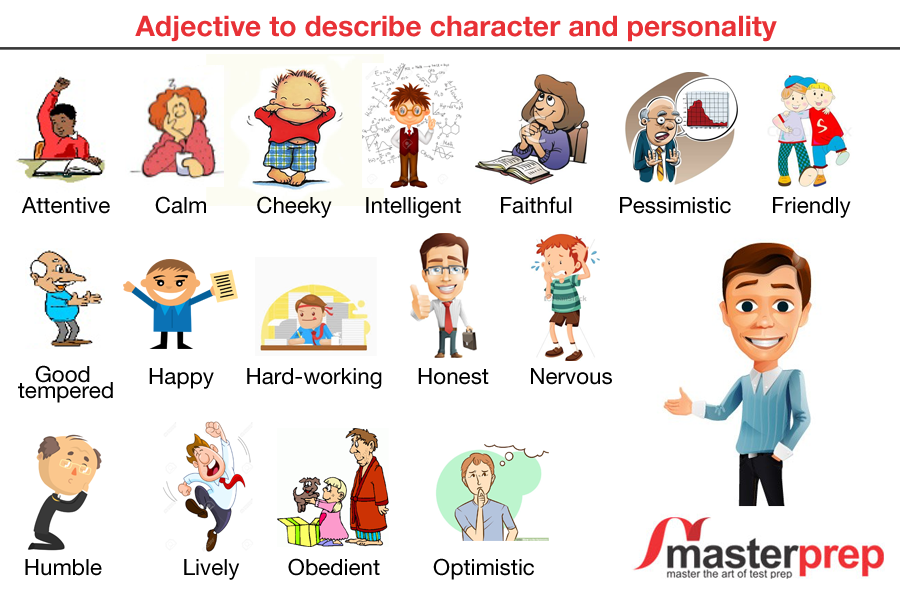 In Figure 16.6 below we present just a few, out of hundreds, of the other traits that have been studied by personologists.
In Figure 16.6 below we present just a few, out of hundreds, of the other traits that have been studied by personologists.
Not all of the above traits are currently popular with scientists, yet each of them has experienced popularity in the past. Although the Five-Factor Model has been the target of more rigorous research than some of the traits above, these additional personality characteristics give a good idea of the wide range of behaviours and attitudes that traits can cover.
Figure 16.7 The way people behave is only in part a product of their natural personality. Situations also influence how a person behaves. Are you for instance a “different person” as a student in a classroom compared to when you’re a member of a close-knit social group?The ideas described in this module should probably seem familiar, if not obvious to you. When asked to think about what our friends, enemies, family members, and colleagues are like, some of the first things that come to mind are their personality characteristics.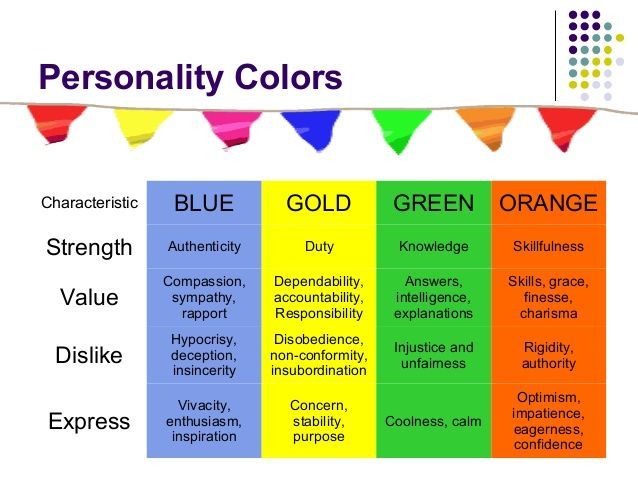 We might think about how warm and helpful our first teacher was, how irresponsible and careless our brother is, or how demanding and insulting our first boss was. Each of these descriptors reflects a personality trait, and most of us generally think that the descriptions that we use for individuals accurately reflect their “characteristic pattern of thoughts, feelings, and behaviours,” or in other words, their personality.
We might think about how warm and helpful our first teacher was, how irresponsible and careless our brother is, or how demanding and insulting our first boss was. Each of these descriptors reflects a personality trait, and most of us generally think that the descriptions that we use for individuals accurately reflect their “characteristic pattern of thoughts, feelings, and behaviours,” or in other words, their personality.
But what if this idea were wrong? What if our belief in personality traits were an illusion and people are not consistent from one situation to the next? This was a possibility that shook the foundation of personality psychology in the late 1960s when Walter Mischel published a book called Personality and Assessment (1968). In this book, Mischel suggested that if one looks closely at people’s behaviour across many different situations, the consistency is really not that impressive. In other words, children who cheat on tests at school may steadfastly follow all rules when playing games and may never tell a lie to their parents.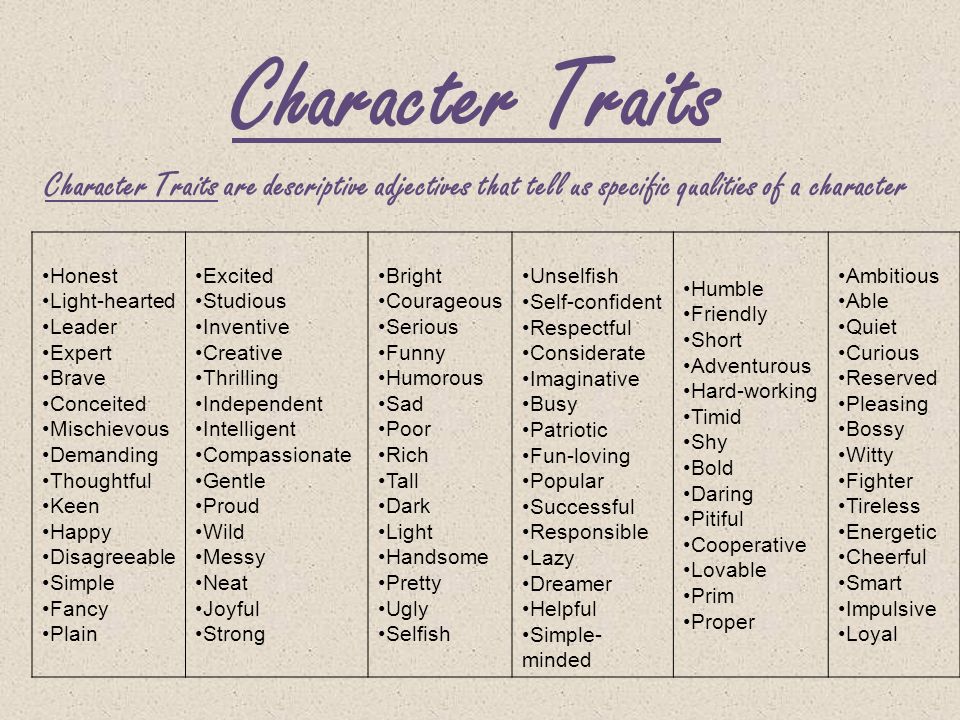 In other words, he suggested, there may not be any general trait of honesty that links these seemingly related behaviours. Furthermore, Mischel suggested that observers may believe that broad personality traits like honesty exist, when in fact, this belief is an illusion. The debate that followed the publication of Mischel’s book was called the person-situation debate because it pitted the power of personality against the power of situational factors as determinants of the behaviour that people exhibit.
In other words, he suggested, there may not be any general trait of honesty that links these seemingly related behaviours. Furthermore, Mischel suggested that observers may believe that broad personality traits like honesty exist, when in fact, this belief is an illusion. The debate that followed the publication of Mischel’s book was called the person-situation debate because it pitted the power of personality against the power of situational factors as determinants of the behaviour that people exhibit.
Because of the findings that Mischel emphasized, many psychologists focused on an alternative to the trait perspective. Instead of studying broad, context-free descriptions, like the trait terms we’ve described so far, Mischel thought that psychologists should focus on people’s distinctive reactions to specific situations. For instance, although there may not be a broad and general trait of honesty, some children may be especially likely to cheat on a test when the risk of being caught is low and the rewards for cheating are high.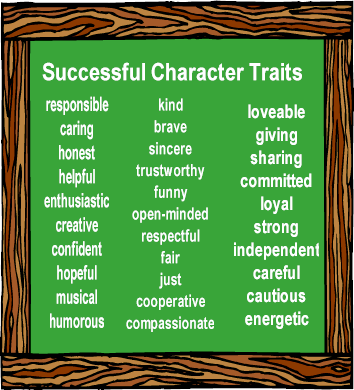 Others might be motivated by the sense of risk involved in cheating and may do so even when the rewards are not very high. Thus, the behaviour itself results from the child’s unique evaluation of the risks and rewards present at that moment, along with her evaluation of her abilities and values. Because of this, the same child might act very differently in different situations. Thus, Mischel thought that specific behaviours were driven by the interaction between very specific, psychologically meaningful features of the situation in which people found themselves, the person’s unique way of perceiving that situation, and his or her abilities for dealing with it. Mischel and others argued that it was these social-cognitive processes that underlie people’s reactions to specific situations that provide some consistency when situational features are the same. If so, then studying these broad traits might be more fruitful than cataloging and measuring narrow, context-free traits like Extraversion or Neuroticism.
Others might be motivated by the sense of risk involved in cheating and may do so even when the rewards are not very high. Thus, the behaviour itself results from the child’s unique evaluation of the risks and rewards present at that moment, along with her evaluation of her abilities and values. Because of this, the same child might act very differently in different situations. Thus, Mischel thought that specific behaviours were driven by the interaction between very specific, psychologically meaningful features of the situation in which people found themselves, the person’s unique way of perceiving that situation, and his or her abilities for dealing with it. Mischel and others argued that it was these social-cognitive processes that underlie people’s reactions to specific situations that provide some consistency when situational features are the same. If so, then studying these broad traits might be more fruitful than cataloging and measuring narrow, context-free traits like Extraversion or Neuroticism.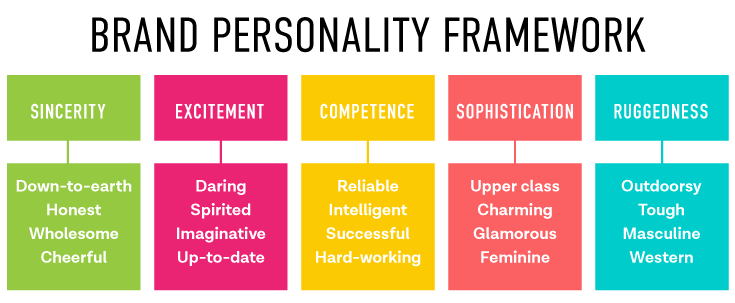
In the years after the publication of Mischel’s (1968) book, debates raged about whether personality truly exists, and if so, how it should be studied. And, as is often the case, it turns out that a more moderate middle ground than what the situationists proposed could be reached. It is certainly true, as Mischel pointed out, that a person’s behaviour in one specific situation is not a good guide to how that person will behave in a very different specific situation. Someone who is extremely talkative at one specific party may sometimes be reticent to speak up during class and may even act like a wallflower at a different party. But this does not mean that personality does not exist, nor does it mean that people’s behaviour is completely determined by situational factors. Indeed, research conducted after the person-situation debate shows that on average, the effect of the “situation” is about as large as that of personality traits. However, it is also true that if psychologists assess a broad range of behaviours across many different situations, there are general tendencies that emerge.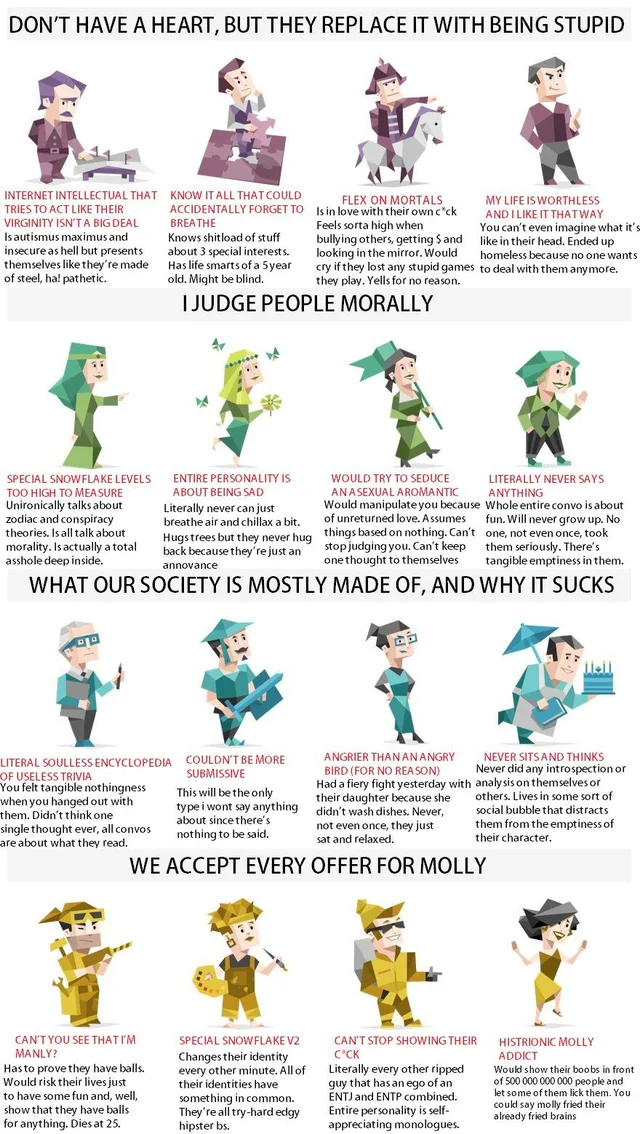 Personality traits give an indication about how people will act on average, but frequently they are not so good at predicting how a person will act in a specific situation at a certain moment in time. Thus, to best capture broad traits, one must assess aggregate behaviours, averaged over time and across many different types of situations. Most modern personality researchers agree that there is a place for broad personality traits and for the narrower units such as those studied by Walter Mischel.
Personality traits give an indication about how people will act on average, but frequently they are not so good at predicting how a person will act in a specific situation at a certain moment in time. Thus, to best capture broad traits, one must assess aggregate behaviours, averaged over time and across many different types of situations. Most modern personality researchers agree that there is a place for broad personality traits and for the narrower units such as those studied by Walter Mischel.
(Donnellan, Oswald, Baird, & Lucas, 2006)
Instructions: Below are phrases describing people’s behaviours. Please use the rating scale below to describe how accurately each statement describes you. Describe yourself as you generally are now, not as you wish to be in the future. Describe yourself as you honestly see yourself, in relation to other people you know of the same sex as you are, and roughly your same age. Please read each statement carefully, and put a number from 1 to 5 next to it to describe how accurately the statement describes you.
1 = Very inaccurate
2 = Moderately inaccurate
3 = Neither inaccurate nor accurate
4 = Moderately accurate
5 = Very accurate
- _______ Am the life of the party (E)
- _______ Sympathize with others’ feelings (A)
- _______ Get chores done right away (C)
- _______ Have frequent mood swings (N)
- _______ Have a vivid imagination (O)
- _______Don’t talk a lot (E)
- _______ Am not interested in other people’s problems (A)
- _______ Often forget to put things back in their proper place (C)
- _______ Am relaxed most of the time (N)
- ______ Am not interested in abstract ideas (O)
- ______ Talk to a lot of different people at parties (E)
- ______ Feel others’ emotions (A)
- ______ Like order (C)
- ______ Get upset easily (N)
- ______ Have difficulty understanding abstract ideas (O)
- ______ Keep in the background (E)
- ______ Am not really interested in others (A)
- ______ Make a mess of things (C)
- ______ Seldom feel blue (N)
- ______ Do not have a good imagination (O)
Scoring: The first thing you must do is to reverse the items that are worded in the opposite direction. In order to do this, subtract the number you put for that item from 6. So if you put a 4, for instance, it will become a 2. Cross out the score you put when you took the scale, and put the new number in representing your score subtracted from the number 6.
In order to do this, subtract the number you put for that item from 6. So if you put a 4, for instance, it will become a 2. Cross out the score you put when you took the scale, and put the new number in representing your score subtracted from the number 6.
Items to be reversed in this way: 6, 7, 8, 9, 10, 15, 16, 17, 18, 19, 20
Next, you need to add up the scores for each of the five OCEAN scales (including the reversed numbers where relevant). Each OCEAN score will be the sum of four items. Place the sum next to each scale below.
__________ Openness: Add items 5, 10, 15, 20
__________ Conscientiousness: Add items 3, 8, 13, 18
__________ Extraversion: Add items 1, 6, 11, 16
__________ Agreeableness: Add items 2, 7, 12, 17
__________ Neuroticism: Add items 4, 9,14, 19
Compare your scores to the norms below to see where you stand on each scale. If you are low on a trait, it means you are the opposite of the trait label. For example, low on Extraversion is Introversion, low on Openness is Conventional, and low on Agreeableness is Assertive.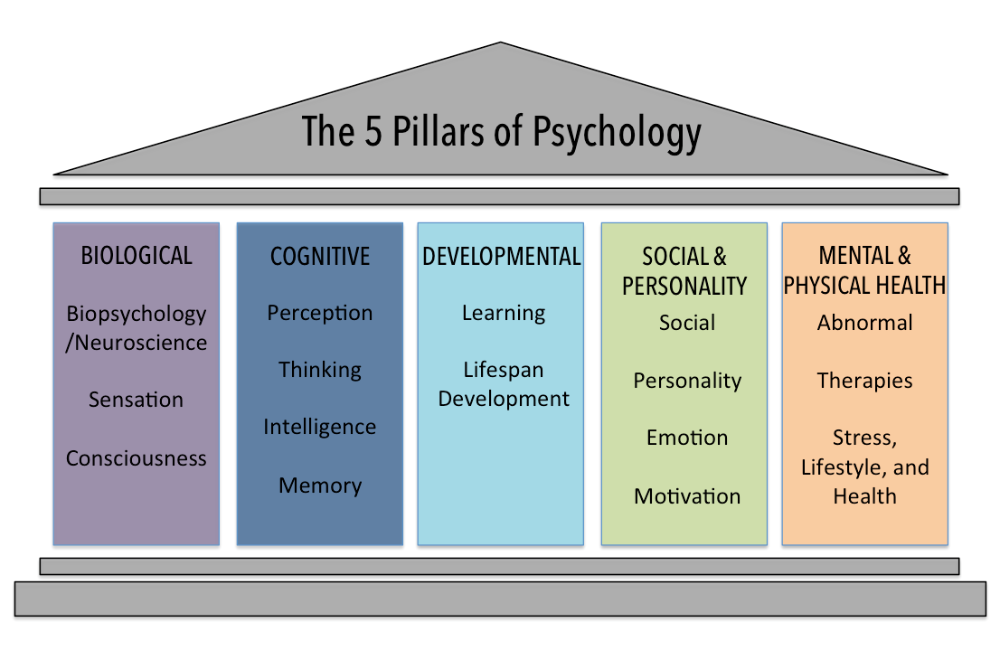
19–20 Extremely High, 17–18 Very High, 14–16 High,
11–13 Neither high nor low; in the middle, 8–10 Low, 6–7 Very low, 4–5 Extremely low
Image Attributions
Figure 16.1: Nguyen Hung Vu, https://goo.gl/qKJUAC, CC BY 2.0, https://goo.gl/BRvSA7
Figure 16.7: UO Education, https://goo.gl/ylgV9T, CC BY-NC 2.0, https://goo.gl/VnKlK8
References
Allport, G. W., & Odbert, H. S. (1936). Trait names: A psycholexical study. Psychological Monographs, 47, 211.
Ashton, M. C., & Lee, K. (2007). Empirical, theoretical, and practical advantages of the HEXACO model of personality structure. Personality and Social Psychological Review, 11, 150–166.
Caspi, A., Roberts, B. W., & Shiner, R. L. (2005). Personality development: Stability and change. Annual Reviews of Psychology, 56, 453–484.
Donnellan, M. B., Oswald, F. L., Baird, B. M., & Lucas, R.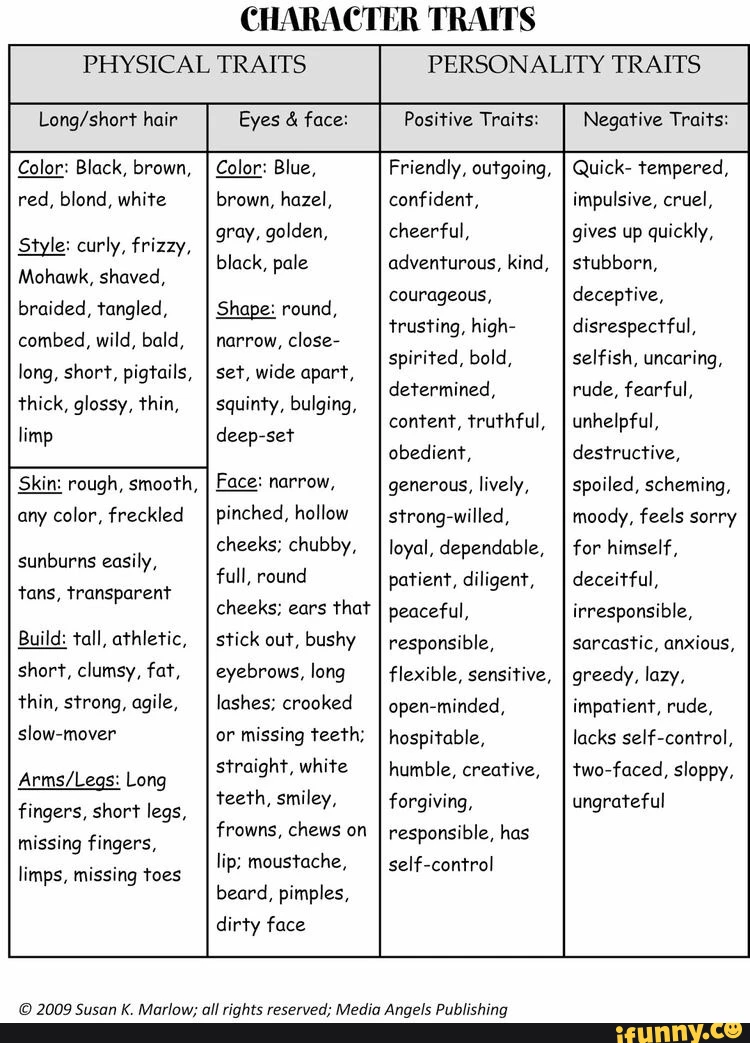 E. (2006). The mini-IPIP scales: Tiny-yet-effective measures of the Big Five factors of personality. Psychological Assessment, 18, 192–203.
E. (2006). The mini-IPIP scales: Tiny-yet-effective measures of the Big Five factors of personality. Psychological Assessment, 18, 192–203.
Eysenck, H. J. (1981). A model for personality.New York: Springer Verlag.
Goldberg, L. R. (1990). An alternative description of personality: The Big Five personality traits. Journal of Personality and Social Psychology, 59, 1216–1229.
Gray, J. A. (1981). A critique of Eysenck’s theory of personality. In H. J. Eysenck (Ed.), A Model for Personality (pp. 246-276). New York: Springer Verlag.
Gray, J. A. & McNaughton, N. (2000). The neuropsychology of anxiety: An enquiry into the functions of the septo-hippocampal system (second edition).Oxford: Oxford University Press.
Matthews, G., Deary, I. J., & Whiteman, M. C. (2003). Personality traits. Cambridge, UK: Cambridge University Press.
McCrae, R. R., & Costa, P. T. (1987). Validation of the five-factor model of personality across instruments and observers.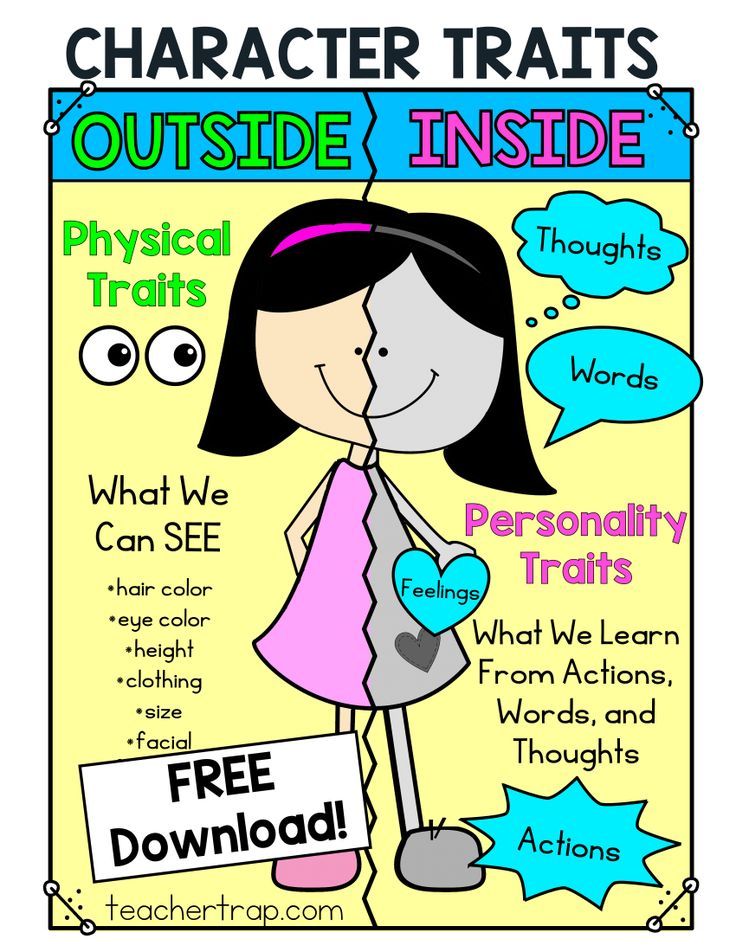 Journal of Personality and Social Psychology, 52, 81–90.
Journal of Personality and Social Psychology, 52, 81–90.
McCrae, R. R. & John, O. P. (1992). An introduction to the five-factor model and its applications. Journal of Personality, 60, 175–215.
Mischel, W. (1968). Personality and assessment. New York: John Wiley.
Paunonen, S. V., & Ashton, M. S. (2001). Big five factors and facets and the prediction of behavior. Journal of Personality and Social Psychology, 81, 524–539.
Roberts, B. W., Kuncel, N. R., Shiner, R., Caspi, A., & Golberg, L. R. (2007). The power of personality: The comparative validity of personality traits, socioeconomic status, and cognitive ability for predicting important life outcomes. Perspectives on Psychological Science, 2, 313-345.
85 Examples of Personality Traits: The Positive and Negative
DESCRIPTION
purple circles with personality traits definition and example chart
SOURCE
Created by Karina Goto for YourDictionary
PERMISSION
Owned by YourDictionary, Copyright YourDictionary
Everyone has that one amazing friend who’s funny, smart, generous, and creative — in fact, just being around them makes you feel funny, smart, generous, and creative too.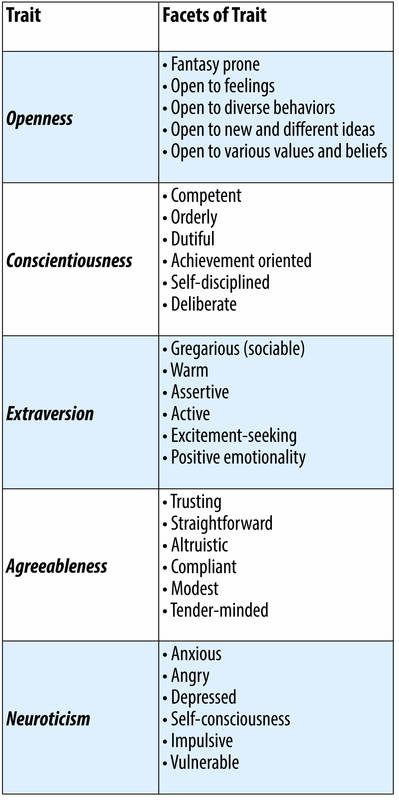 But what makes someone’s personality so attractive? Are they just a generally cool person, or is their particular set of personality traits just irresistible?
But what makes someone’s personality so attractive? Are they just a generally cool person, or is their particular set of personality traits just irresistible?
What Are Personality Traits?
A personality trait describes how a person tends to think, feel, and behave on an ongoing basis. Personality traits are characteristic of enduring behavioral and emotional patterns, rather than isolated occurrences.
For example, anyone can occasionally have a bad day and make a snappy remark. When this happens in isolation, it doesn't reflect a personality trait. However, when someone's typical behavior is to snap at people rather than communicating politely, then “irritable” is likely one of their personality traits.
Advertisement
The Big Five Personality Traits
Advertisement
While there are hundreds of different personality trait examples that describe a person, psychologists often list five main personality traits, called the Big Five. They include:
- conscientiousness - the degree to which a person prefers to plan ahead rather than being spontaneous
- agreeableness - how strongly a person tends to be kind, sympathetic, and helpful to others
- neuroticism - the extent to which someone is inclined to worry or be temperamental
- openness - the extent to which a person has an appreciation for a variety of experiences
- extroversion - the extent to which a person tends to prefer being sociable, outgoing, and talkative
The combination of these traits can determine whether you are introverted or extroverted, open to new experiences or fearful or the unknown, agreeable or temperamental, and more.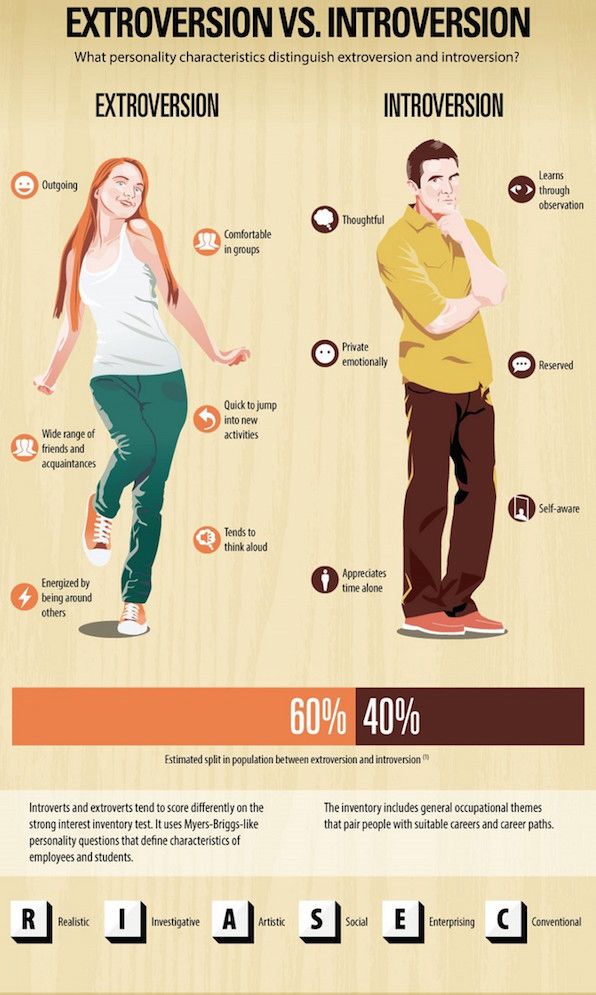
Personality Traits List
It would be nice if we could capture the entire human experience into five simple words. While the Big Five personality traits help us broadly define and explore one’s personality, there are many more examples of personality traits — both positive and negative.
Advertisement
Examples of Positive Personality Traits
When someone always tells the truth, honesty is one of their personality traits. When they are the first to volunteer their time, you can remark on their generosity.
A pattern of positive behavior and attitude leads to a positive personality, marked by positive personality traits. These traits may include:
- accepting
- adaptable
- affable
- broad-minded
- charismatic
- compassionate
- competent
- confident
- congenial
- courageous
- creative
- determined
- discreet
- driven
- empathic
- enthusiastic
- exuberant
- fair
- friendly
- gregarious
- helpful
- honest
- humble
- independent
- insightful
- intelligent
- kind
- loyal
- mindful
- optimistic
- patient
- persistent
- precise
- reliable
- responsible
- sociable
- sympathetic
- tolerant
- trustworthy
- understanding
Examples of Negative Personality Traits
Advertisement
People are generally not all good or all bad, or all positive or all negative.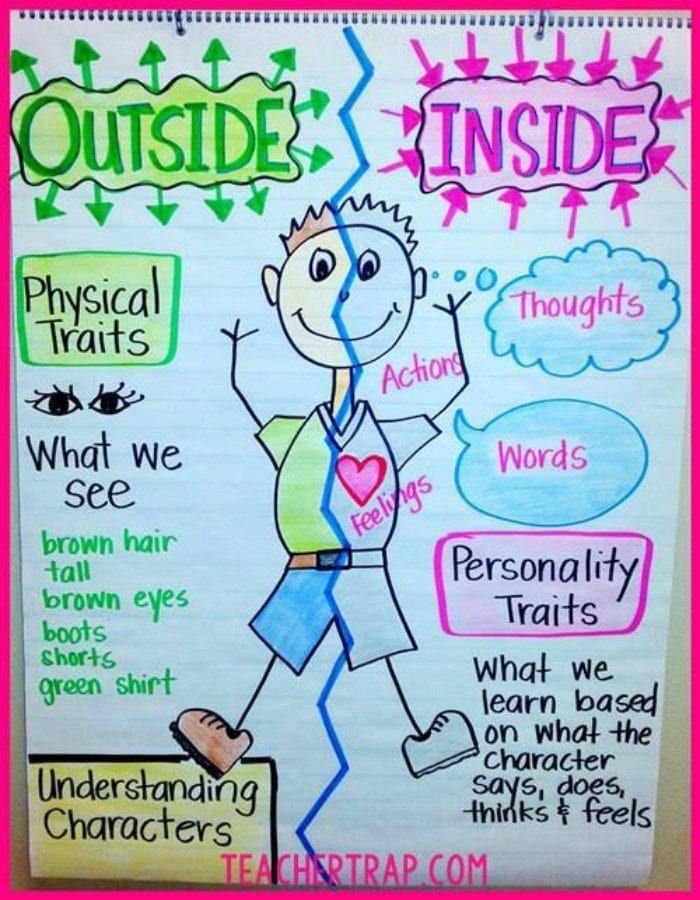 Chances are that people have at least a few negative personality traits. (If any of these sound familiar, consider them an opportunity for personal growth.)
Chances are that people have at least a few negative personality traits. (If any of these sound familiar, consider them an opportunity for personal growth.)
- aggressive
- apathetic
- argumentative
- arrogant
- boorish
- bossy
- callous
- conceited
- cowardy
- dishonest
- disloyal
- disrespectful
- finicky
- forgetful
- greedy
- impatient
- impulsive
- indecisive
- jealous
- lazy
- malicious
- manipulative
- obnoxious
- pessimistic
- picky
- reckless
- rigid
- rude
- sarcastic
- self-centered
- selfish
- slovenly
- sneaky
- stingy
- surly
- thoughtless
- uncertain
- unfriendly
- unpredictable
- vulgar
More Ways To Determine Personality Types
Identifying an individual's personality style is not an easy task. Personality is a complicated construct influenced by many factors. There are many ways to assess and label personality types, with each assessment measuring specific variables.
Personality is a complicated construct influenced by many factors. There are many ways to assess and label personality types, with each assessment measuring specific variables.
- Some personality assessments group personalities into four types based on letter labels (Type A, Type B, Type C, and Type D).
- The DISC theory of personality groups people into four types (Dominance, Influence, Steadfastness, and Conscientiousness).
- According to the Myers-Briggs Type Indicator, there are sixteen different types, including ESTJ, INTP and 14 others.
Personality Traits for Characters
While personality traits describe real people, character traits describe fictional characters. Authors use character traits, also known as characterization, to guide story development and to move their plot forward.
For example, a cowardly character may finally find the bravery they need by the end of a story. A self-centered character may learn the value of sharing with others in order to fulfill their goal.
When these traits are negative and hold a character back from their goal, they’re called character flaws. A character must overcome these flaws in order to achieve their goals — unless the story is a tragedy, and their character flaw is the cause of their downfall.
It’s more difficult for real people to grow and change their personality traits (Wouldn’t it be nice if we could resolve our biggest personality flaws in a few pages?). However, we can take some cues from these fictional people and their character traits in order to achieve our own goals.
Personal characteristics and abilities
Basic personality characteristics
Any organization includes people: someone makes and manages decisions, someone implements them. This helps you achieve your goals. But in the process of achievement, various conflicts arise between individuals. The reason for conflicts is that a single person is a person who has his own:
- values;
- experience;
- skills;
- needs; nine0008
- interests.
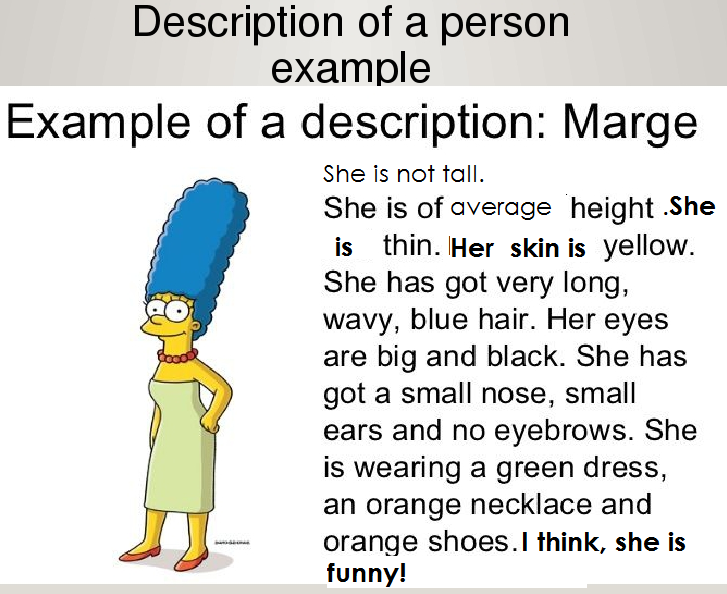
That is why people react differently to the same thing. For example, one of the employees needs to go to work on a day off, for which the boss promises a monetary reward in the form of a bonus. Employees will respond to such an offer in different ways. Someone will agree for economic reasons, someone will be dissatisfied, but obey, and someone will express indignation directly in person, referring to the Labor Code of the Russian Federation. Such a variety of reactions requires managers to understand the characteristics of the manifestation of personality traits. Thus, the concept of personality is the main one for psychology as a general science and psychology of management. nine0005 Definition 1
Personality - 1) is an individual with socially significant qualities and traits that are expressed in the features of consciousness and activity; 2) an individual who enters into social relations.
Social properties are considered as the essence of an individual, parameters:
- views;
- abilities;
- persuasion;
- valuables;
- etc.
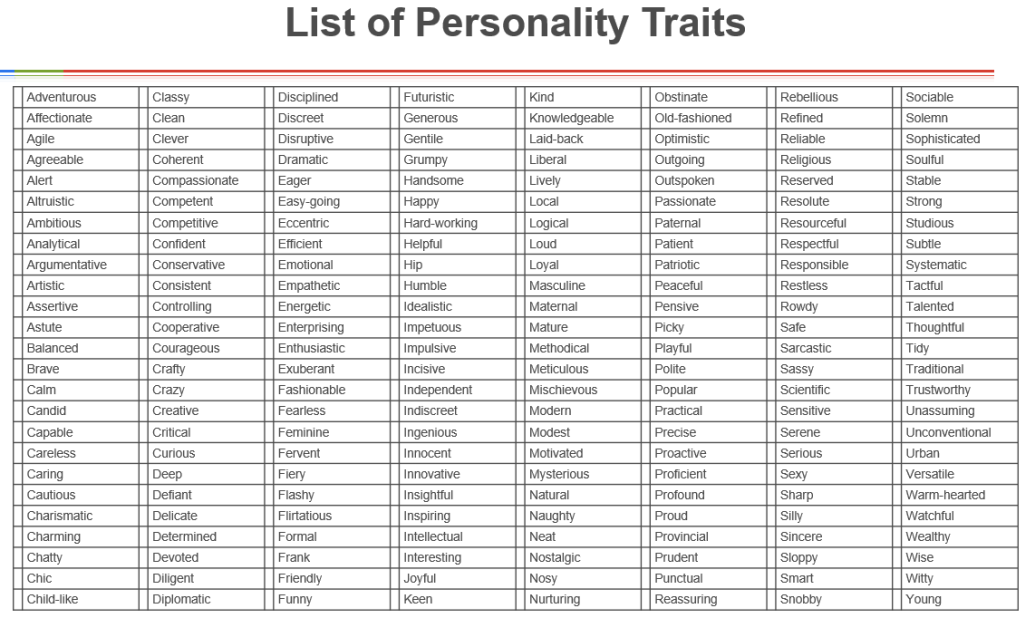
i.e. personality is a social quality of a person, and "individual" is a separate representative of the biological species Homo Sapiens, for example, a newborn. nine0005
One is not born a person, one becomes one.
Definition 2Personality formation is a complex process where an individual forms an inner world while communicating with other people and expresses the inner "I", mental processes.
According to psychologists, the "core" of personality is the sphere of motives and internal regulatory mechanisms.
Motives include:
- needs;
- interests;
- orientation.
Internal regulatory motives include:
- self-awareness;
- self-assessment;
- self-respect;
- etc.
From the point of view of management psychology, the following are considered important personality characteristics:
- temperament;
- character;
- abilities;
- personality orientation.
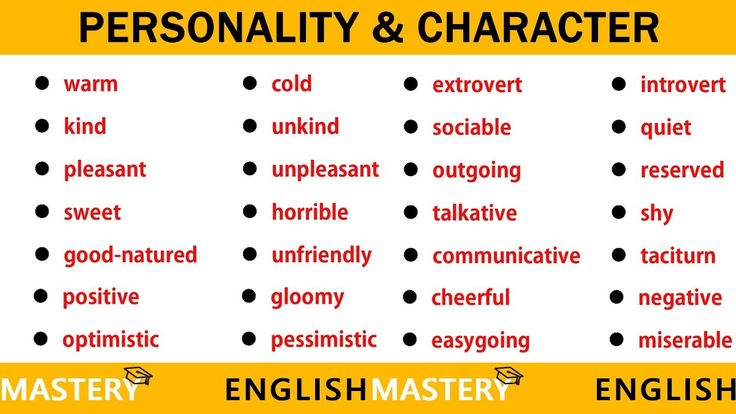
The ability and inability of a person to the type of activity, to interaction depend on mental properties. Therefore, when selecting personnel, it is necessary to take into account mental properties, to ensure that they perform their work. nine0005
The nature of human temperament
Definition 3Temperament - 1) stable individual mental characteristics that persist for many years or a lifetime; 2) individual characteristics that characterize the speed, rhythm of mental processes, the level of stability of feelings.
In order to determine what type of personality the candidate belongs to, you need to talk to him. It is assumed that temperament directly depends on the innate physiological characteristics of a person on the type of nervous system. Therefore, temperament is considered a stable phenomenon. But during life the nervous system changes, it depends on:
- living conditions;
- parenting;
- experienced diseases.

Therefore, the temperament can change.
The first classification of temperament types was created by the ancient Greek scientist Hippocrates. This structure is still used and is considered the main one for understanding psychological characteristics. Classification:
- sanguine;
- choleric;
- phlegmatic;
- melancholic.
Consider each of them.
Characteristics of temperament types
- Characteristic features of a person of this species:
- activity;
- quick response to changes;
- easy experience of failures.
A sanguine worker has:
- energy;
- fast speech;
- does not get tired for a long time.
Disadvantages of such an employee:
- cannot be concentrated for a long time; nine0008
- relative inattention.
- A person has the following qualities:
- gustiness;
- passion;
- imbalance;
- propensity for emotional experience;
- prone to sudden mood swings.
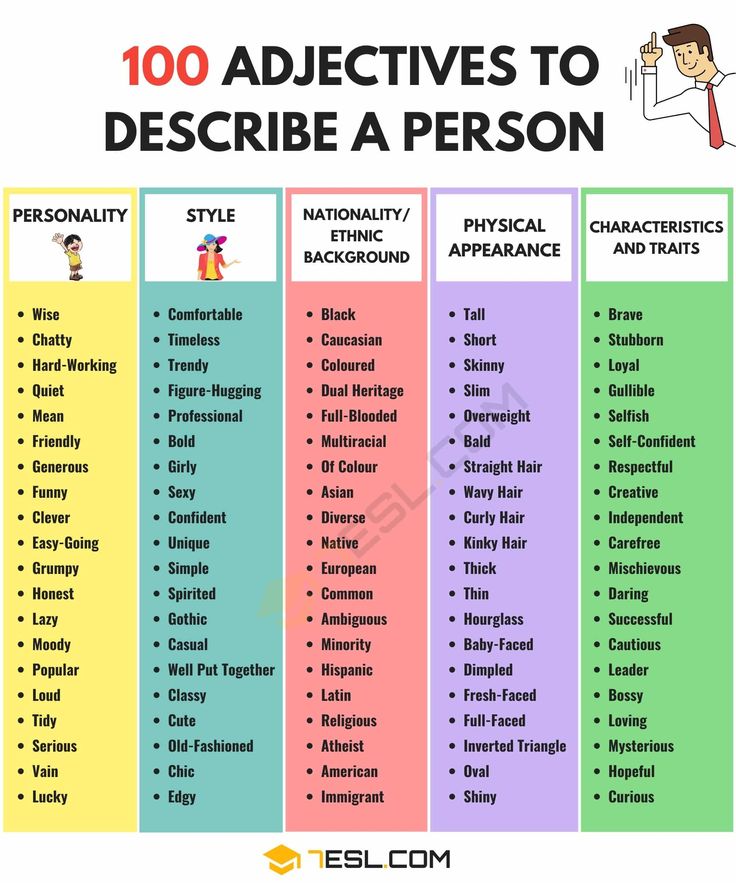
A choleric worker has:
- high productivity;
- the quality of self-coping;
- quality of large quantity and loud speaking. nine0008
Cons:
- excessive haste;
- tendency to nervous breakdowns.
- A person has the following qualities:
- slowness;
- equanimity;
- mood stability;
- secrecy of the state of mind.
A phlegmatic worker has:
- balance;
- thoughtfulness;
- punctuality;
- painstaking; nine0008
- the quality of meticulous work.
Disadvantages:
- slowness;
- inertia;
- difficulty in "switching" to another activity.
- A person has the following qualities:
- vulnerability;
- deep and sincere experience because of trifles;
- concealment of spiritual experience;
- quiet voice timbre;
- embarrassment.
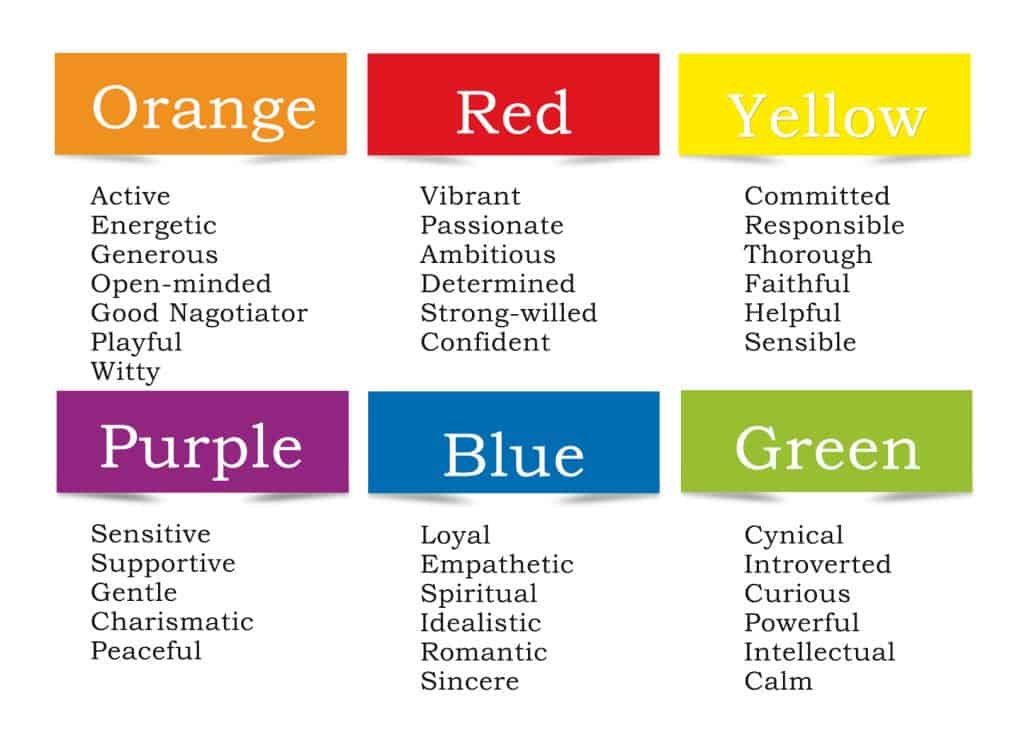
A melancholic worker performs work with stereotyped actions. nine0005
Cons:
- does not have the qualities of a leader;
- it is necessary to criticize in private.
Drawing 1 by the Danish artist H. Bidstrup, which depicts all types of temperament. The picture shows one situation: a person is sitting on a bench and a passer-by of a certain type of temperament is sitting next to him.
Figure 1 . Relative representation of temperament types
There is no clear distinction between temperament. People with the same type, depending on the situation, manifest it differently. It can also be demonstrated by the phenomenon of "temperament masking", i.e. the subject deliberately “blocks” innate qualities, replacing them with acquired habits and behavioral skills. For example, a choleric leader, learning about success, may become reserved. Knowledge of the basic characteristics of temperament will help to significantly facilitate communication with people, and this contributes to:
- efficient management of work;
- failure prevention;
- conflict prevention.
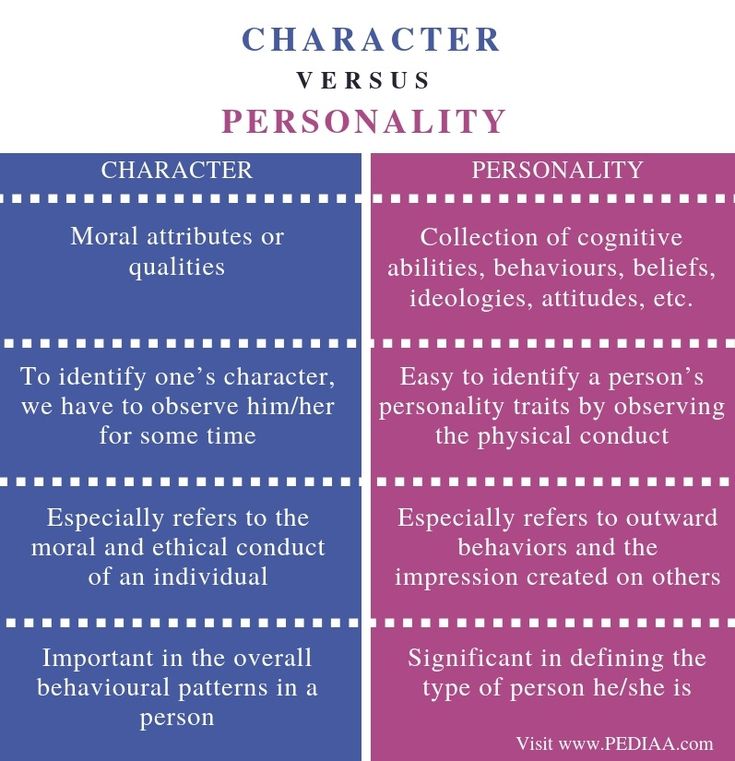
Features of a person's character
Character is considered an important component of personality.
Definition 4Character - a combination of individual stable mental characteristics of the subject, which is responsible for the usual way of behavior and attitude to reality.
Character and temperament are closely related. Temperament leaves an imprint on the character. Their difference: temperament is an innate trait, and character is considered an acquired phenomenon in the course of education. Character types depend on certainty. nine0005 Definition 5
Definite character is a phenomenon with one or more dominant features. For example, in Plyushkin from the poem "Dead Souls" greed was clearly manifested, other character traits were subordinate to it.
Definition 6 Indeterminate character - a property that has no dominant features, i.e. different qualities come to the fore, depending on the situation.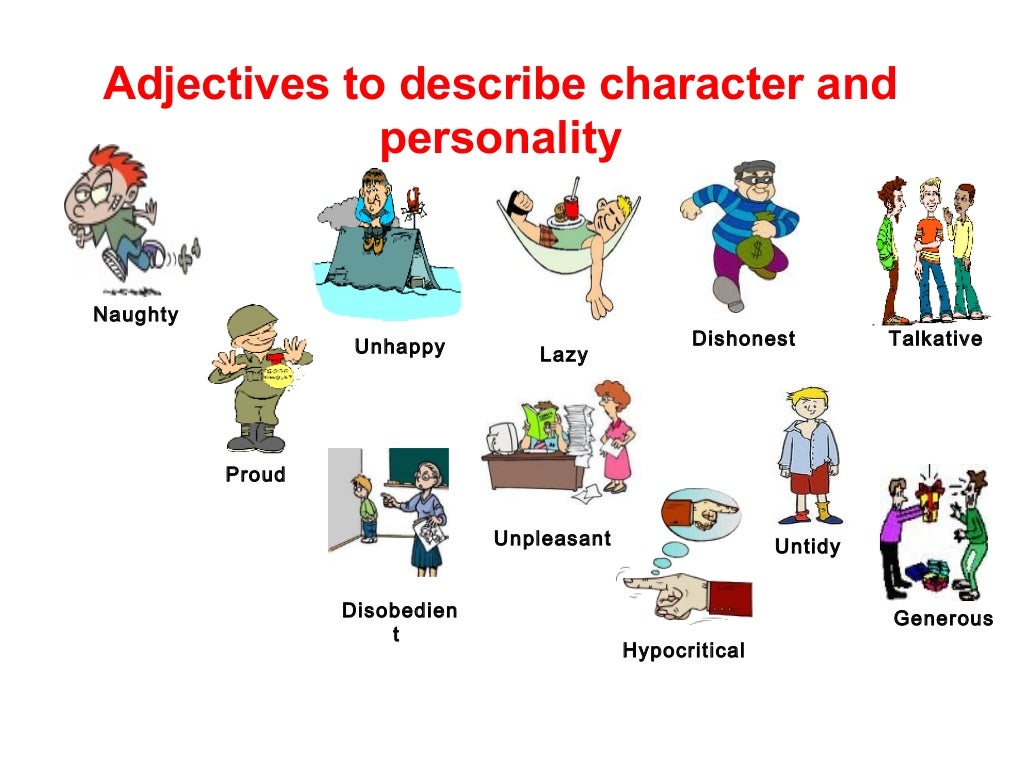
Characters can only be described when they are solid.
Definition 7Integral characters - features that do not contain obvious contradictions between goals and behavior, they are characterized by the unity of thoughts and feelings. For example, Tatyana from the novel "Eugene Onegin".
The opposite of an integral character is a contradictory one, which is characterized by a conflict between:
- goals and behavior;
- motives;
- thoughts;
- feelings;
- wishes;
- aspirations.
Khlestakov from the comedy The Inspector General had a controversial character: his dreams were about a brilliant career, but he himself was an idler, etc. nine0005
For an employer, a person with a controversial character can become a source of conflict, since such a person is difficult to manage.
Character traits are divided into:
- strong-willed;
- moral;
- emotional.

Strong-willed character traits include:
- purposefulness;
- persistence;
- decisiveness;
- hardness;
- stubbornness;
- courage; nine0007 cowardice.
Moral character traits include:
- sensitivity;
- humanity;
- truthfulness;
- mindfulness;
- mendacity;
- collectivism;
- individualism.
Emotional character traits include:
- irascibility;
- tenderness;
- tearfulness;
- touchiness;
- passion.
For the successful operation of an organization, moral traits are given priority. Their presence in an employee speaks of his sincerity, kindness, attentiveness. And the leader must have strong-willed traits: determination, endurance, etc. nine0005
Additional qualities of a person
Extroverts and introverts are characteristics of individual psychological differences in individuals.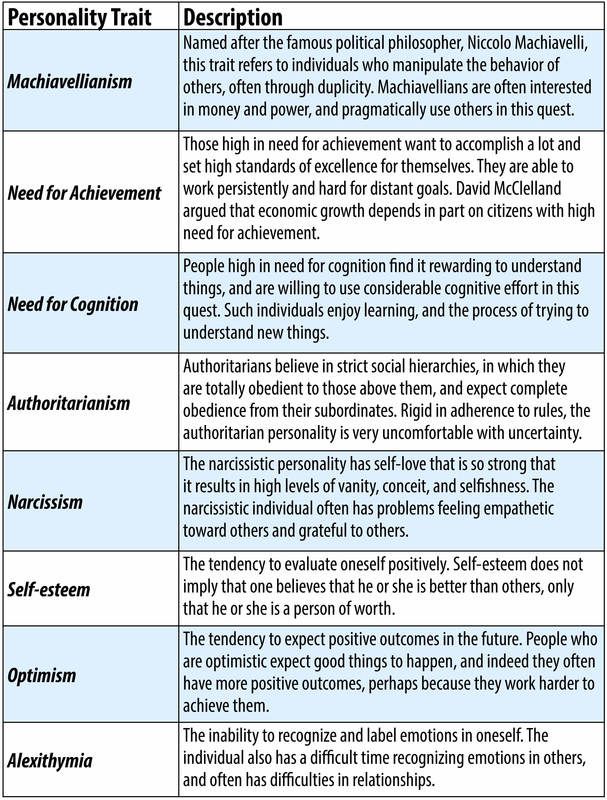
Extroverts - socially oriented people.
Extroverts are most often sanguine and choleric. They tend to:
- impulsiveness;
- initiative;
- flexibility of behavior;
- sociability.
Introverts - people focused on the inner world.
Usually, melancholic, phlegmatic people are considered introverts. They tend to:
- lack of sociability;
- isolation;
- social passivity;
- introspection.
Also, in order to fully characterize a person as a person, it is necessary to know about his abilities.
Definition 10Abilities - individual, psychological characteristics, which are subjective conditions for successful activity. nine0005
They are formed in the process of interaction with society. It should be understood that abilities are:
- knowledge;
- skills;
- speed of mastering skills;
- strength.

Abilities consist of several components that can replace missing ones. For example, a person who cannot learn material quickly replaces it with perseverance. Scientists have developed many techniques for developing certain abilities. So, for example, there is a technique for the development of musical ear. nine0005
The question of the formation of abilities for a certain type of activity is the most relevant in the psychology of management. Many scholars hold that abilities can be developed through a personal attitude.
Definition 11Set is the psychological predisposition of an individual to a specific behavior that guides his activity.
In order to improve abilities, it is necessary to form an attitude in the individual. But sometimes the most powerful techniques can be powerless. nine0005
The next additional component is the orientation of the personality.
Definition 12 Personal orientation is a mental property of a person that expresses the goals and motives of behavior.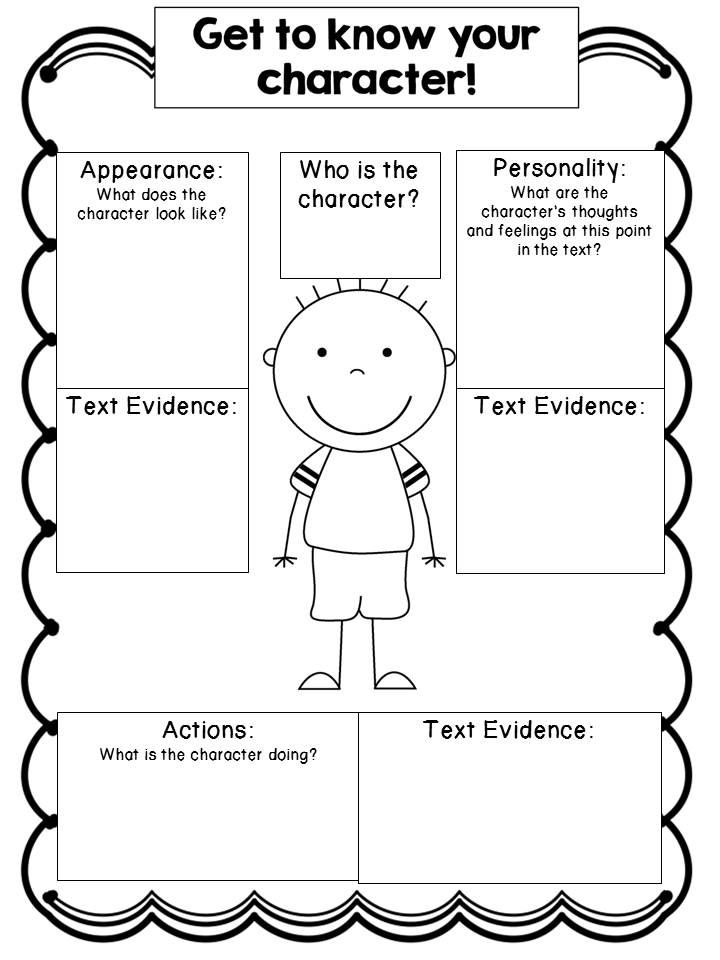
Motives force a person to do those actions that are necessary to achieve goals. They manifest the needs of the individual, which are divided into:
- material;
- spiritual.
Material needs include:
- clothing;
- foodstuffs;
- etc.
Spiritual needs include:
- books;
- education;
- etc.
Needs govern activity. In the brain, they turn into the form of desires, drives, interests. The subject content of needs depends, for example, on:
- an organism;
- society;
- social group;
- etc. nine0017
- values;
- experience;
- skills; nine0007 needs;
- interests.
- views;
- abilities;
- persuasion;
- valuables;
- etc.
- needs;
- interests;
- orientation.
- self-awareness;
- self-assessment;
- self-respect;
- etc.
- temperament;
- character;
- abilities;
- personality orientation.
- living conditions;
- parenting;
- experienced diseases.
- sanguine;
- choleric;
- phlegmatic;
- melancholic.
- Characteristic features of a person of this species:
- activity;
- quick response to changes;
- easy experience of failures.
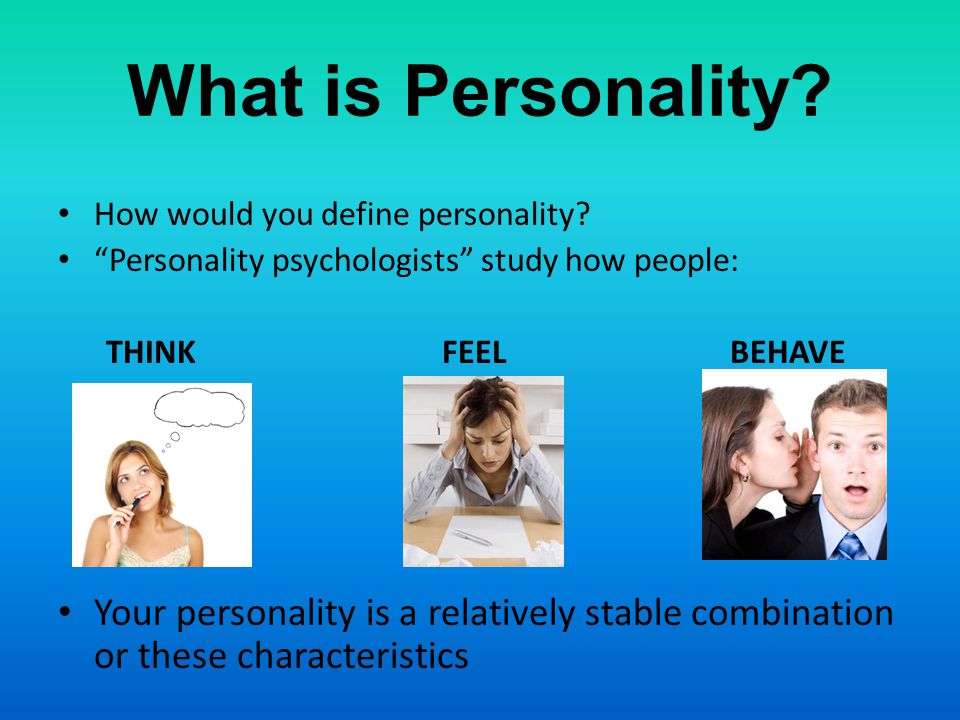
- energy;
- fast speech;
- does not get tired for a long time.
- cannot be concentrated for a long time; nine0008
- relative inattention.
- A person has the following qualities:
- gustiness;
- passion;
- imbalance;
- propensity for emotional experience;
- prone to sudden mood swings.
- high productivity;
- the quality of self-coping;
- quality of large quantity and loud speaking. nine0008
- excessive haste;
- tendency to nervous breakdowns.
- A person has the following qualities:
- slowness;
- equanimity;
- mood stability;
- secrecy of the state of mind.
- balance;
- thoughtfulness;
- punctuality;
- painstaking; nine0008
- the quality of meticulous work.

- slowness;
- inertia;
- difficulty in "switching" to another activity.
- A person has the following qualities:
- vulnerability;
- deep and sincere experience because of trifles;
- concealment of spiritual experience;
- quiet voice timbre;
- embarrassment.
- does not have the qualities of a leader;
- it is necessary to criticize in private.
- efficient management of work;
- failure prevention;
- conflict prevention.
- goals and behavior;
- motives;
- thoughts;
- feelings;
- wishes;
- aspirations.

- strong-willed;
- moral;
- emotional.
- purposefulness;
- persistence;
- decisiveness;
- hardness;
- stubbornness;
- courage; nine0007 cowardice.
- sensitivity;
- humanity;
- truthfulness;
- mindfulness;
- mendacity;
- collectivism;
- individualism.
- irascibility;
- tenderness;
- tearfulness;
- touchiness;
- passion.
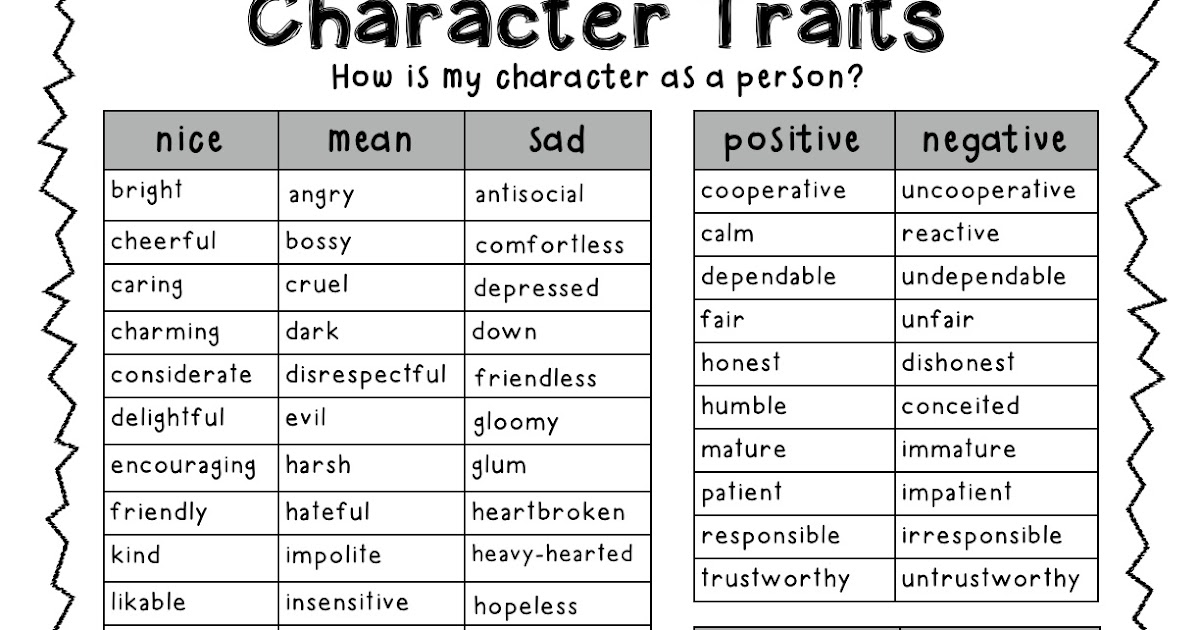
- impulsiveness;
- initiative;
- flexibility of behavior;
- sociability.
- lack of sociability;
- isolation;
- social passivity;
- introspection.
- knowledge;
- skills;
- speed of mastering skills;
- strength.
- material;
- spiritual.
- clothing;
- foodstuffs;
- etc.
- books;
- education;
- etc.
- an organism;
- society;
- social group;
- etc.
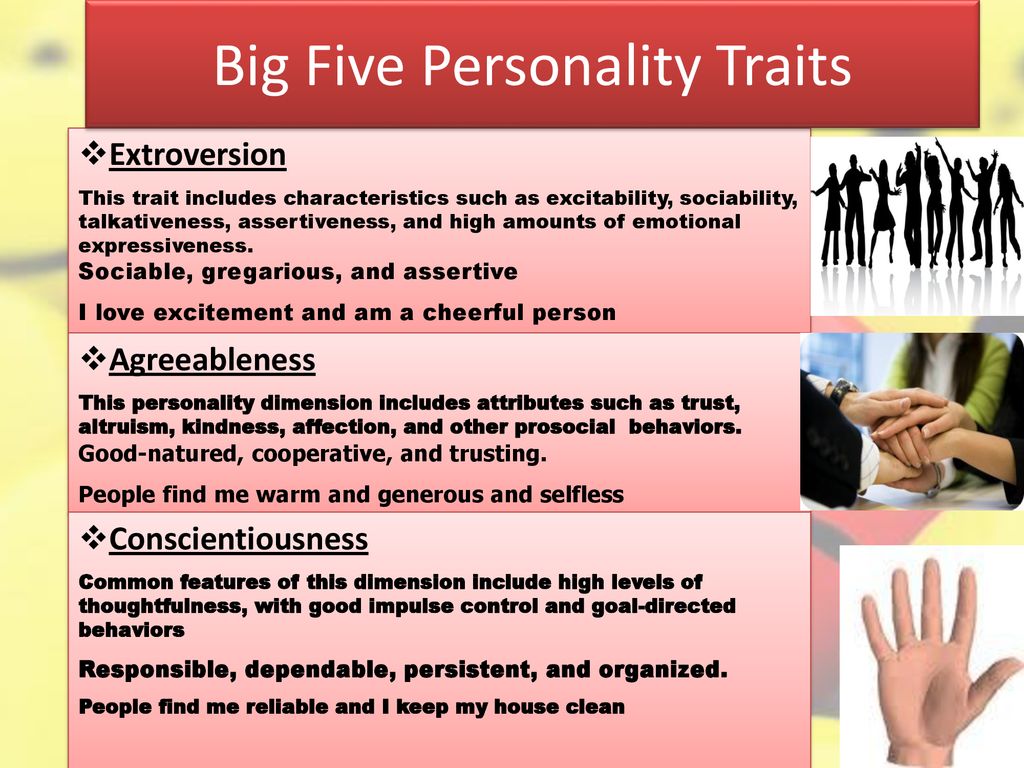
An example given by the physiologist Pavlov IP, if a puppy is fed with dairy products, then he will not have a food reaction. It will manifest itself at the moment when the animal begins to eat meat.
Needs for a person are motives, and they change, they can both expand and contract. When motives are realized by a person, they turn into goals.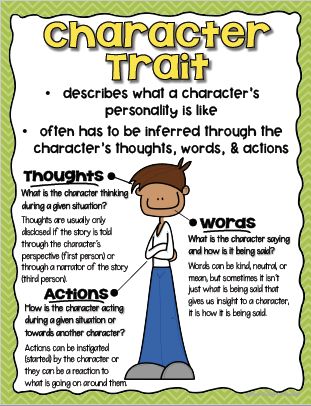 Their totality reveals the orientation of the personality. For example, the psychological characteristics of a student's personality: one student wants to get good grades for exams so as not to lose a scholarship, while the other puts the acquisition of professional skills as a priority for himself. Academic success may be the same, but the goals are different. nine0005 Conclusion
Their totality reveals the orientation of the personality. For example, the psychological characteristics of a student's personality: one student wants to get good grades for exams so as not to lose a scholarship, while the other puts the acquisition of professional skills as a priority for himself. Academic success may be the same, but the goals are different. nine0005 Conclusion
Motives characterize a person.
Problem solving from 1 day / from 150 rubles Course work from 5 days / from 1800 rubles abstract from 1 day / from 700 rubles nine0005
Personal characteristics and abilities
Basic personality characteristics
Any organization includes people: someone makes and manages decisions, someone implements them.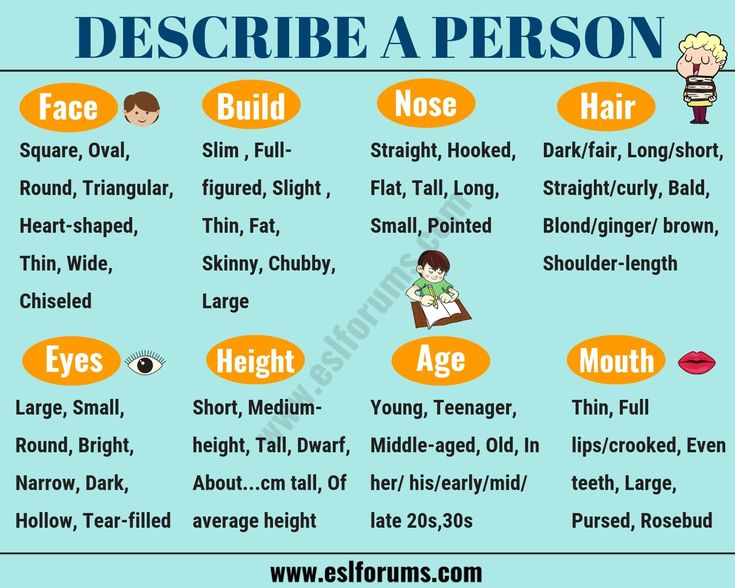 This helps you achieve your goals. But in the process of achievement, various conflicts arise between individuals. The reason for conflicts is that a single person is a person who has his own:
This helps you achieve your goals. But in the process of achievement, various conflicts arise between individuals. The reason for conflicts is that a single person is a person who has his own:
That is why people react differently to the same thing. For example, one of the employees needs to go to work on a day off, for which the boss promises a monetary reward in the form of a bonus. Employees will respond to such an offer in different ways. Someone will agree for economic reasons, someone will be dissatisfied, but obey, and someone will express indignation directly in person, referring to the Labor Code of the Russian Federation. Such a variety of reactions requires managers to understand the characteristics of the manifestation of personality traits. Thus, the concept of personality is the main one for psychology as a general science and psychology of management. nine0005 Definition 1
nine0005 Definition 1
Personality - 1) is an individual with socially significant qualities and traits that are expressed in the features of consciousness and activity; 2) an individual who enters into social relations.
Social properties are considered as the essence of an individual, parameters:
i.e. personality is a social quality of a person, and "individual" is a separate representative of the biological species Homo Sapiens, for example, a newborn. nine0005
One is not born a person, one becomes one.
Definition 2Personality formation is a complex process where an individual forms an inner world while communicating with other people and expresses the inner "I", mental processes.
According to psychologists, the "core" of personality is the sphere of motives and internal regulatory mechanisms.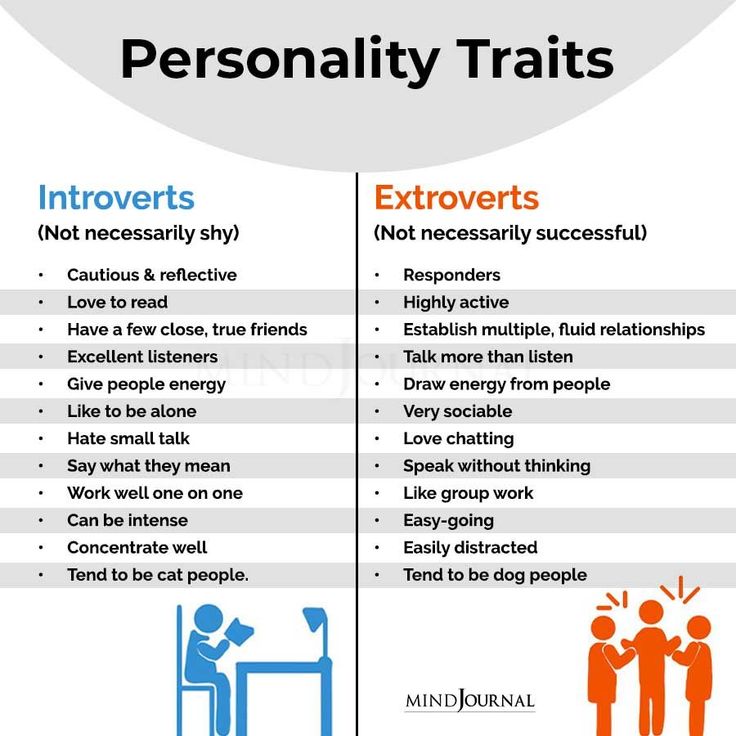
Motives include:
Internal regulatory motives include:
From the point of view of management psychology, the following are considered important personality characteristics:
The ability and inability of a person to the type of activity, to interaction depend on mental properties. Therefore, when selecting personnel, it is necessary to take into account mental properties, to ensure that they perform their work. nine0005
The nature of human temperament
Definition 3 Temperament - 1) stable individual mental characteristics that persist for many years or a lifetime; 2) individual characteristics that characterize the speed, rhythm of mental processes, the level of stability of feelings.
In order to determine what type of personality the candidate belongs to, you need to talk to him. It is assumed that temperament directly depends on the innate physiological characteristics of a person on the type of nervous system. Therefore, temperament is considered a stable phenomenon. But during life the nervous system changes, it depends on:
Therefore, the temperament can change.
The first classification of temperament types was created by the ancient Greek scientist Hippocrates. This structure is still used and is considered the main one for understanding psychological characteristics. Classification:
Consider each of them.
Characteristics of temperament types
A sanguine worker has:
Disadvantages of such an employee:
A choleric worker has:
Cons:
A phlegmatic worker has:
Disadvantages:
A melancholic worker performs work with stereotyped actions. nine0005
Cons:
Drawing 1 by the Danish artist H. Bidstrup, which depicts all types of temperament. The picture shows one situation: a person is sitting on a bench and a passer-by of a certain type of temperament is sitting next to him.
Figure 1 . Relative representation of temperament types
There is no clear distinction between temperament.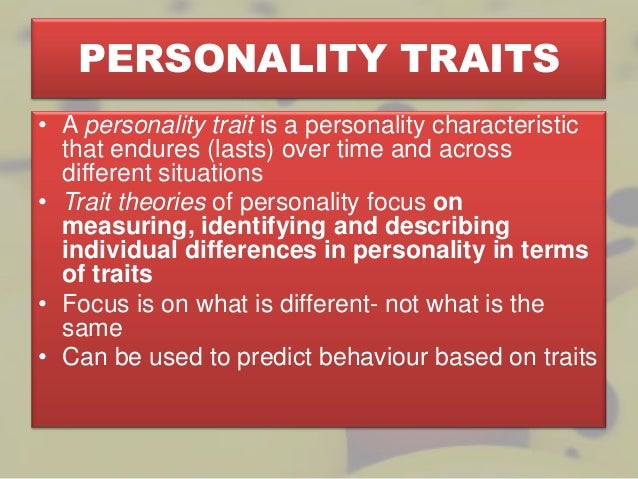 People with the same type, depending on the situation, manifest it differently. It can also be demonstrated by the phenomenon of "temperament masking", i.e. the subject deliberately “blocks” innate qualities, replacing them with acquired habits and behavioral skills. For example, a choleric leader, learning about success, may become reserved. Knowledge of the basic characteristics of temperament will help to significantly facilitate communication with people, and this contributes to:
People with the same type, depending on the situation, manifest it differently. It can also be demonstrated by the phenomenon of "temperament masking", i.e. the subject deliberately “blocks” innate qualities, replacing them with acquired habits and behavioral skills. For example, a choleric leader, learning about success, may become reserved. Knowledge of the basic characteristics of temperament will help to significantly facilitate communication with people, and this contributes to:
Features of a person's character
Character is considered an important component of personality.
Definition 4Character - a combination of individual stable mental characteristics of the subject, which is responsible for the usual way of behavior and attitude to reality.
Character and temperament are closely related. Temperament leaves an imprint on the character. Their difference: temperament is an innate trait, and character is considered an acquired phenomenon in the course of education. Character types depend on certainty. nine0005 Definition 5
Their difference: temperament is an innate trait, and character is considered an acquired phenomenon in the course of education. Character types depend on certainty. nine0005 Definition 5
Definite character is a phenomenon with one or more dominant features. For example, in Plyushkin from the poem "Dead Souls" greed was clearly manifested, other character traits were subordinate to it.
Definition 6Indeterminate character - a property that has no dominant features, i.e. different qualities come to the fore, depending on the situation.
Characters can only be described when they are solid.
Definition 7Integral characters - features that do not contain obvious contradictions between goals and behavior, they are characterized by the unity of thoughts and feelings. For example, Tatyana from the novel "Eugene Onegin".
The opposite of an integral character is a contradictory one, which is characterized by a conflict between:
Khlestakov from the comedy The Inspector General had a controversial character: his dreams were about a brilliant career, but he himself was an idler, etc. nine0005
For an employer, a person with a controversial character can become a source of conflict, since such a person is difficult to manage.
Character traits are divided into:
Strong-willed character traits include:
Moral character traits include:
Emotional character traits include:
For the successful operation of an organization, moral traits are given priority. Their presence in an employee speaks of his sincerity, kindness, attentiveness. And the leader must have strong-willed traits: determination, endurance, etc. nine0005
Additional qualities of a person
Extroverts and introverts are characteristics of individual psychological differences in individuals.
Definition 8Extroverts - socially oriented people.
Extroverts are most often sanguine and choleric. They tend to:
Introverts - people focused on the inner world.
Usually, melancholic, phlegmatic people are considered introverts. They tend to:
Also, in order to fully characterize a person as a person, it is necessary to know about his abilities.
Abilities - individual, psychological characteristics, which are subjective conditions for successful activity. nine0005
They are formed in the process of interaction with society. It should be understood that abilities are:
Abilities consist of several components that can replace missing ones. For example, a person who cannot learn material quickly replaces it with perseverance. Scientists have developed many techniques for developing certain abilities. So, for example, there is a technique for the development of musical ear. nine0005
The question of the formation of abilities for a certain type of activity is the most relevant in the psychology of management. Many scholars hold that abilities can be developed through a personal attitude.
Definition 11 Set is the psychological predisposition of an individual to a specific behavior that guides his activity.
In order to improve abilities, it is necessary to form an attitude in the individual. But sometimes the most powerful techniques can be powerless. nine0005
The next additional component is the orientation of the personality.
Definition 12Personal orientation is a mental property of a person that expresses the goals and motives of behavior.
Motives force a person to do those actions that are necessary to achieve goals. They manifest the needs of the individual, which are divided into:
Material needs include:
Spiritual needs include:
Needs govern activity. In the brain, they turn into the form of desires, drives, interests. The subject content of needs depends, for example, on:
